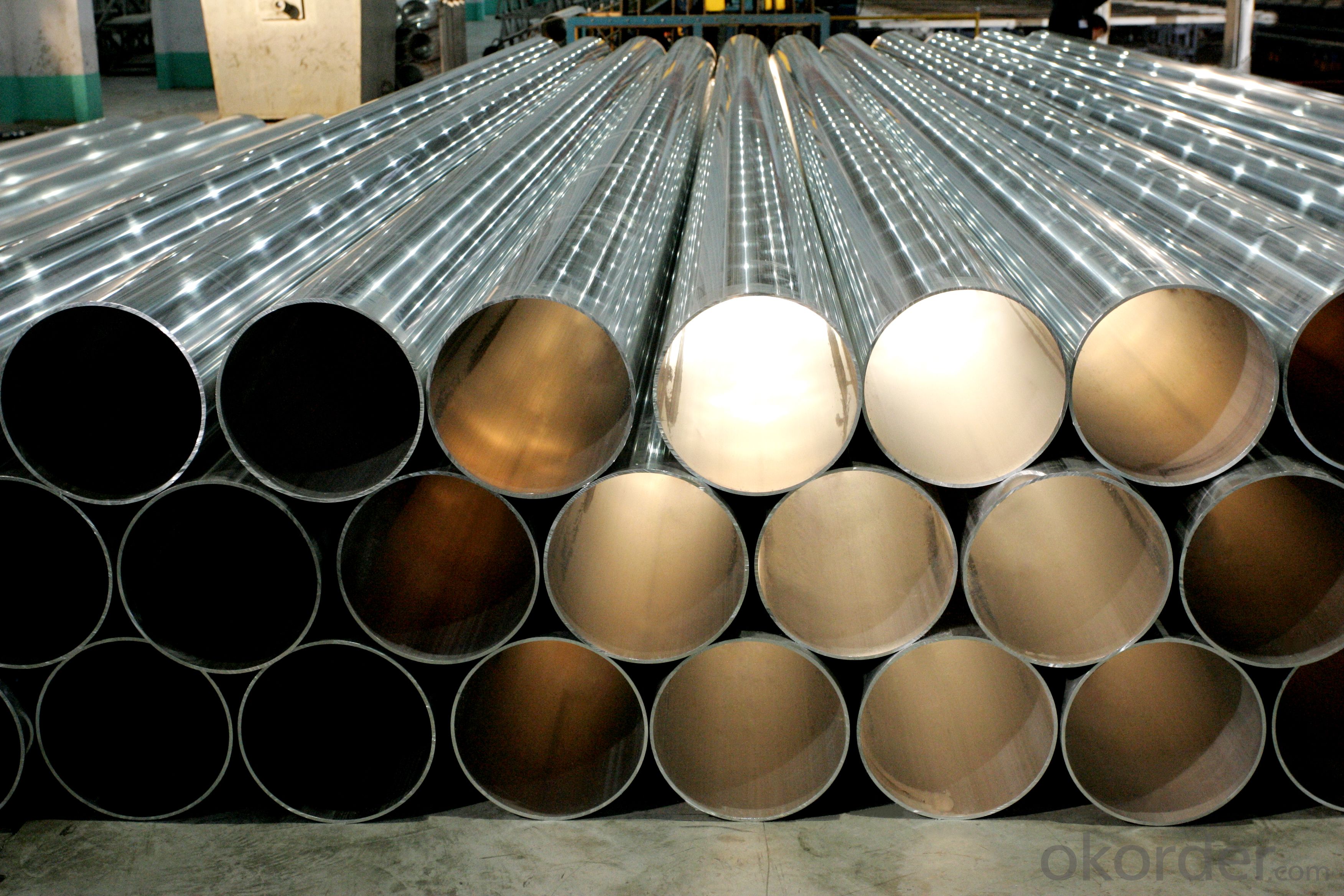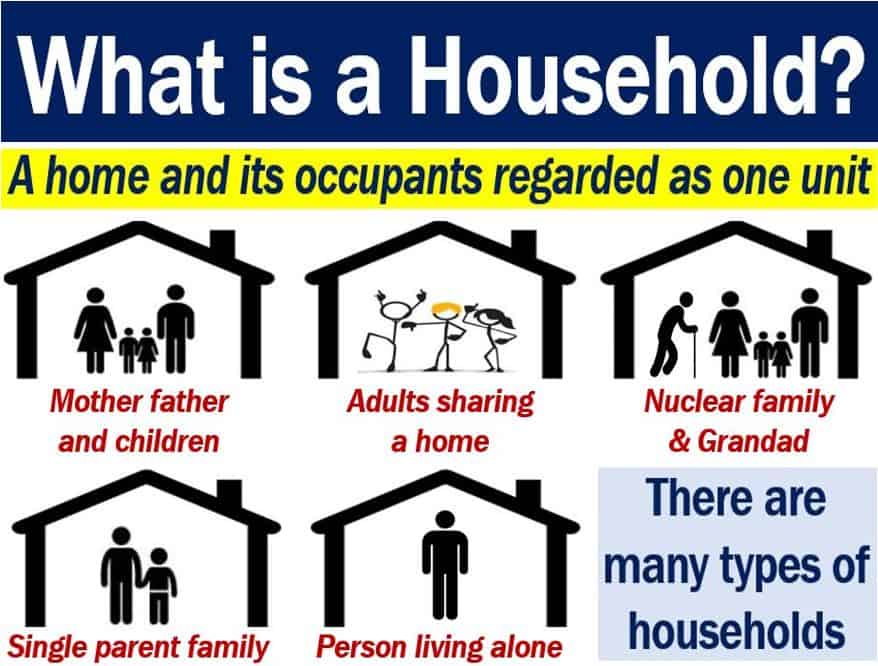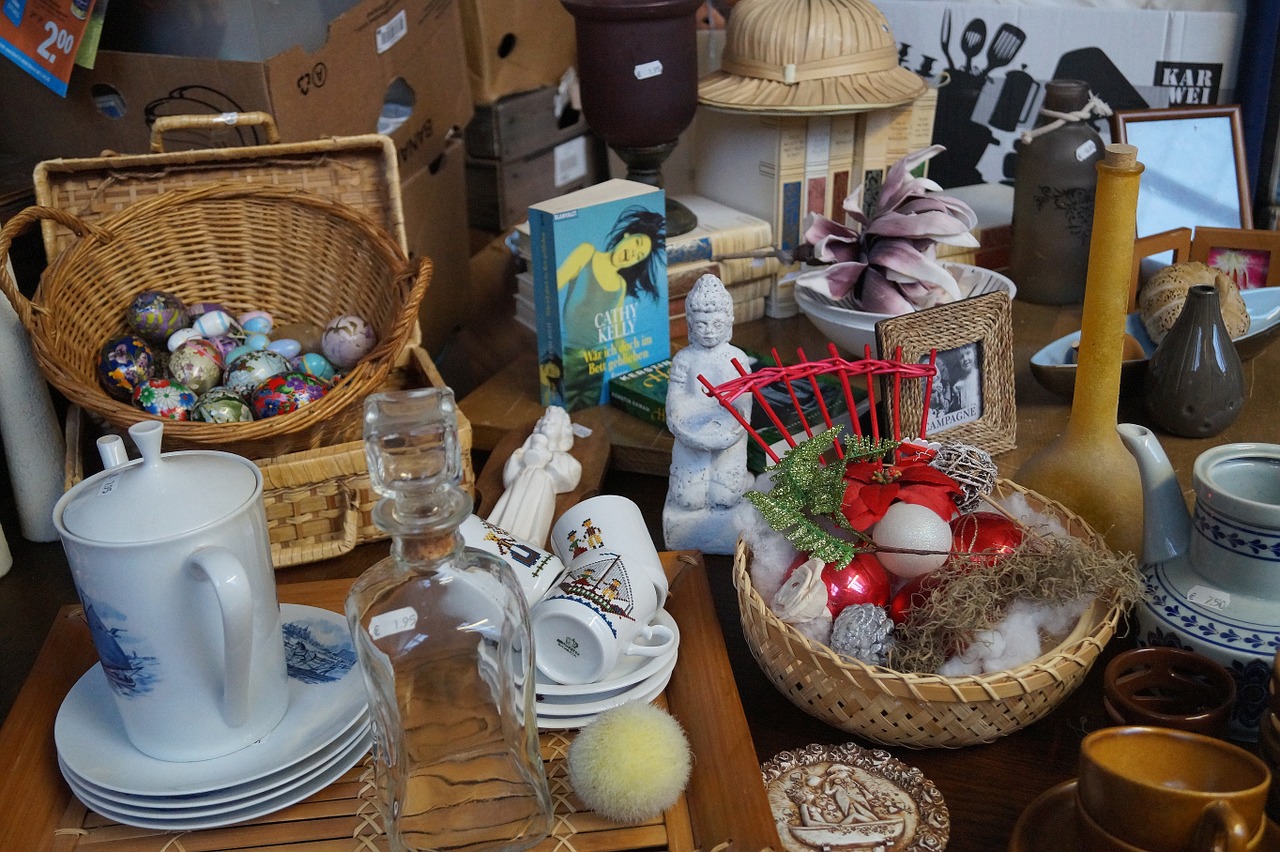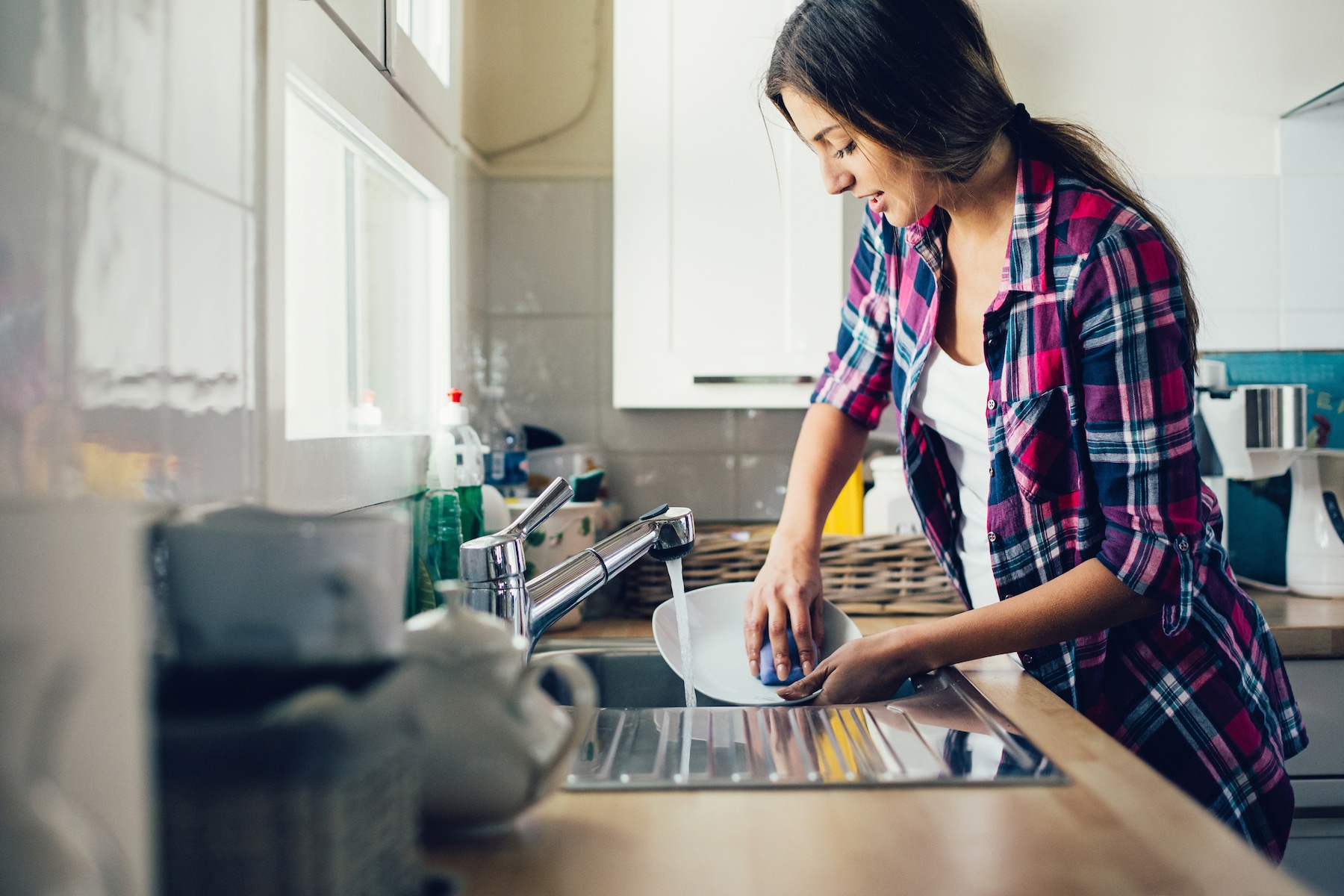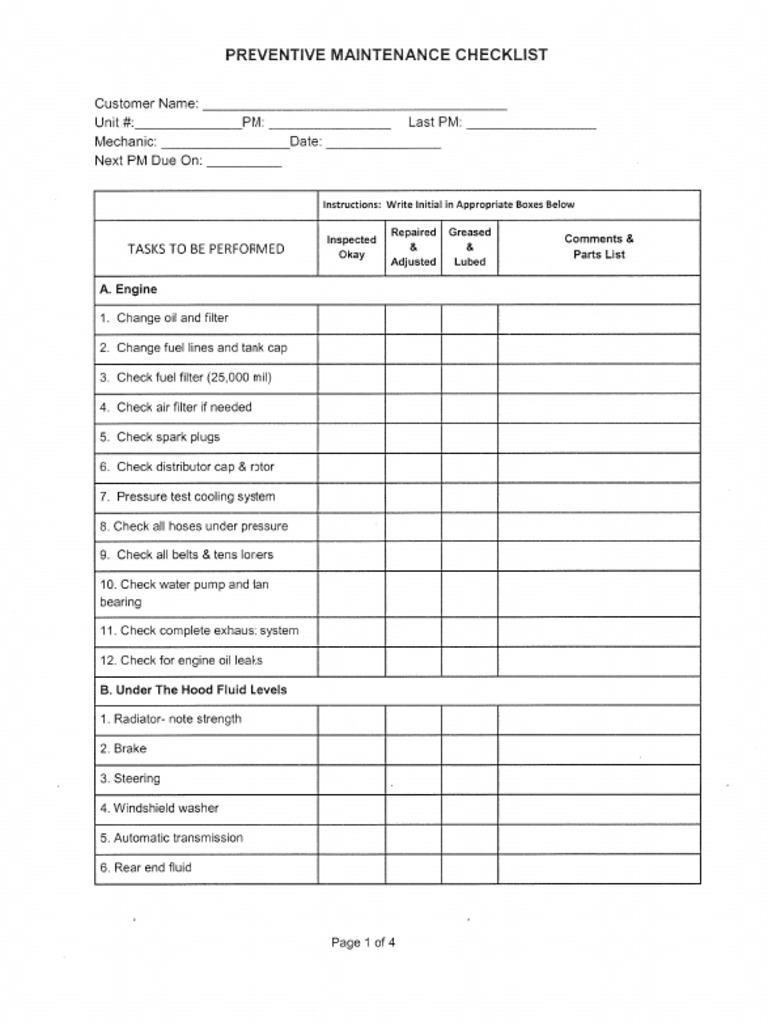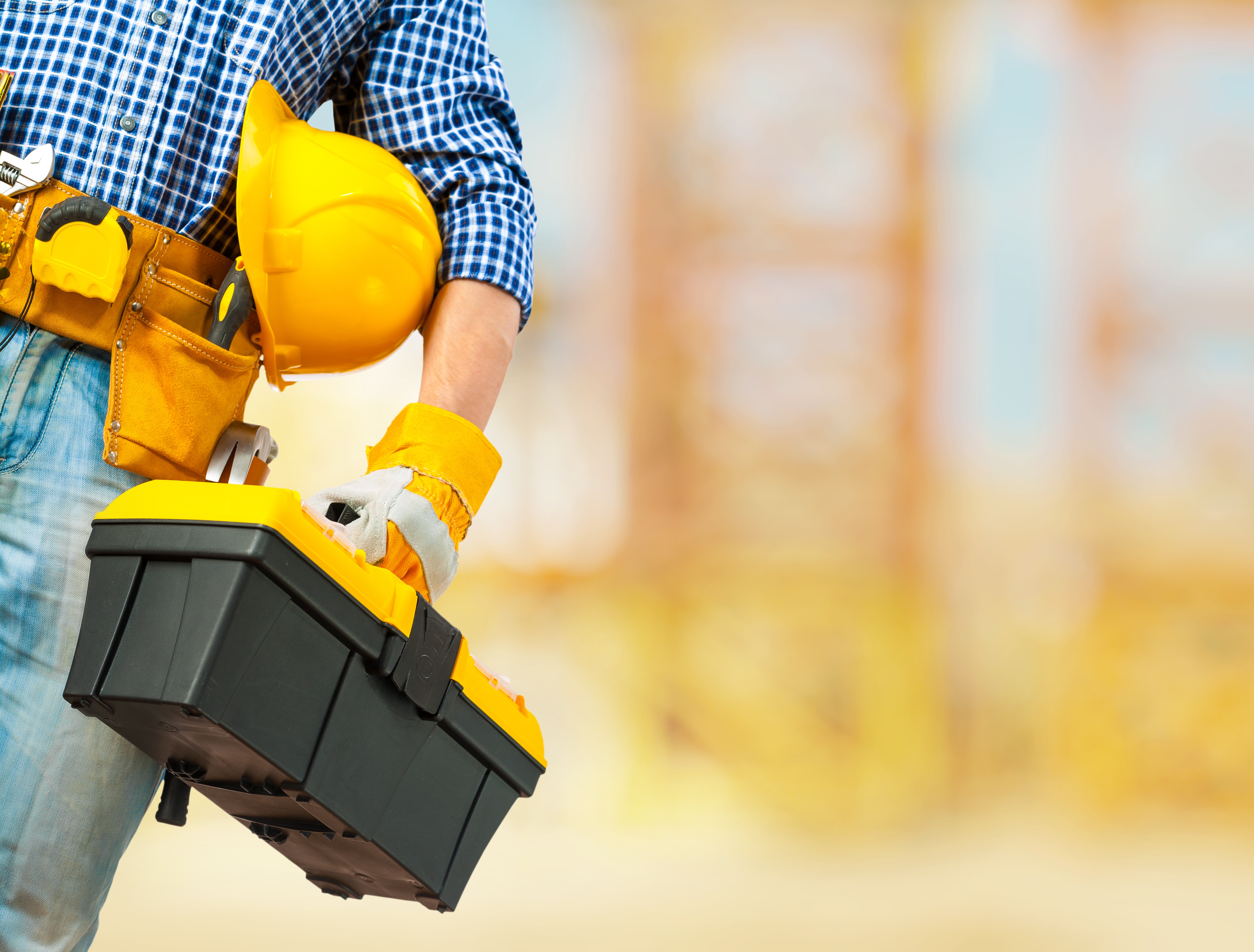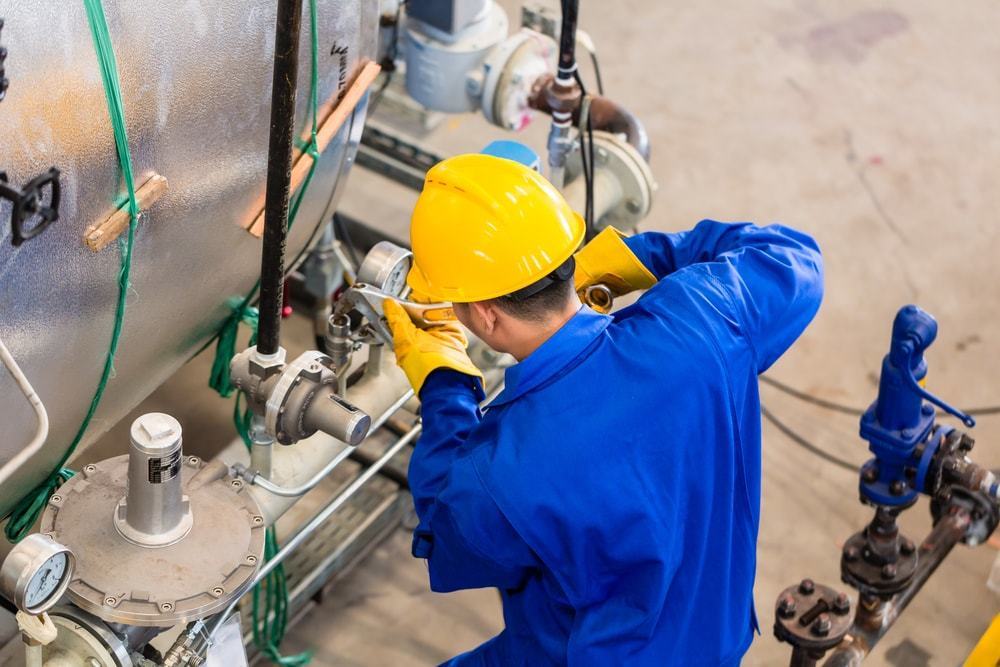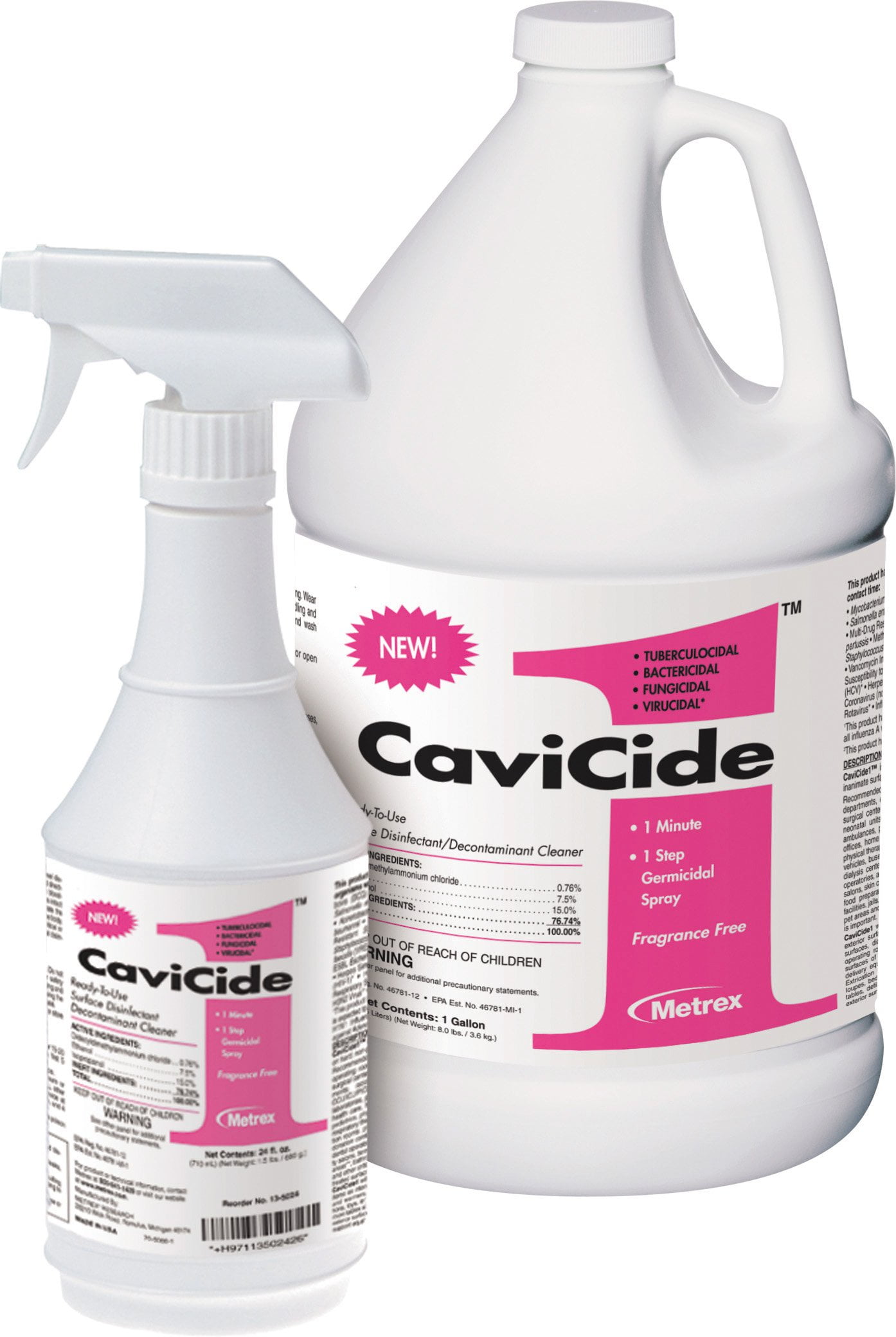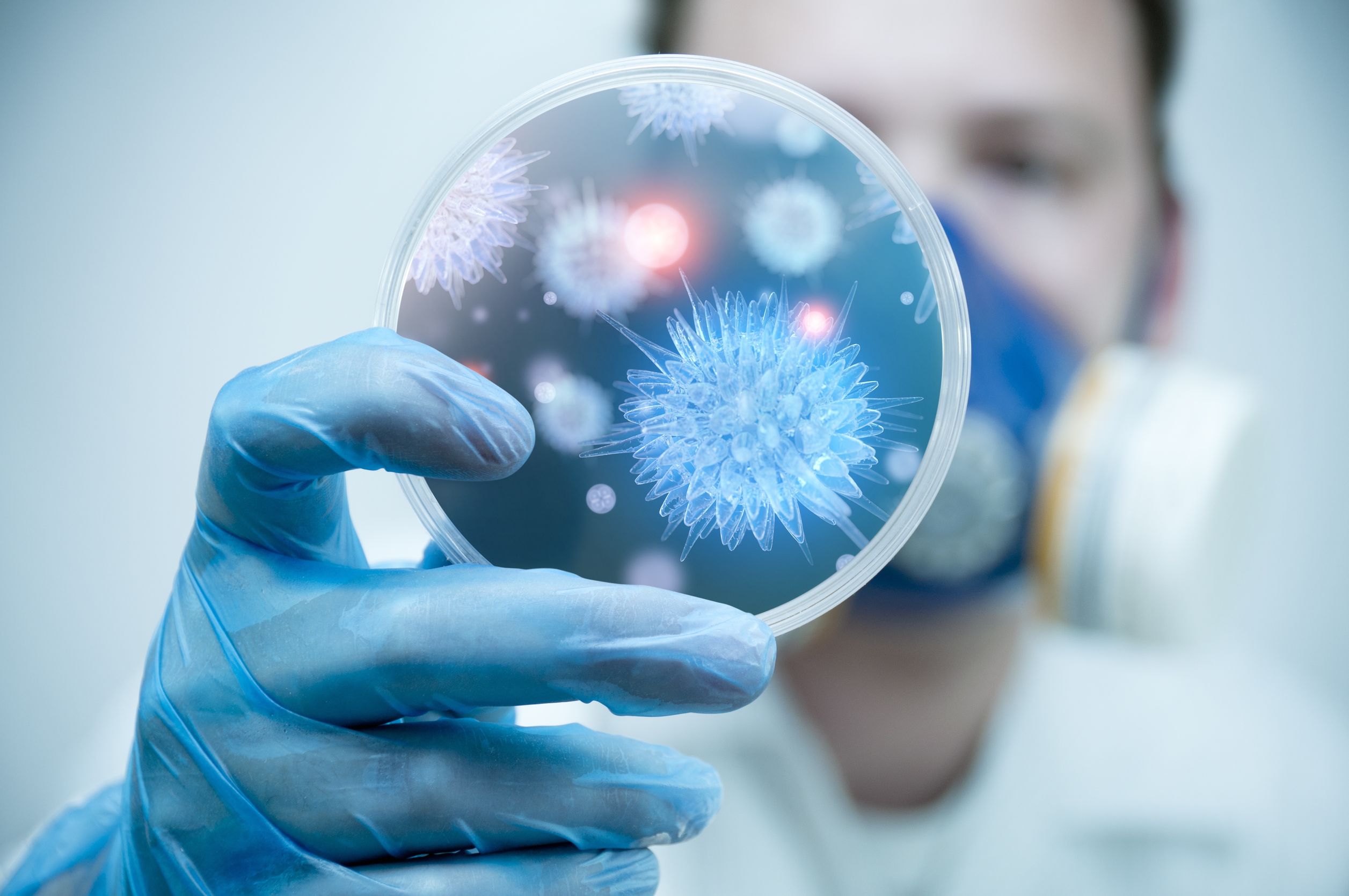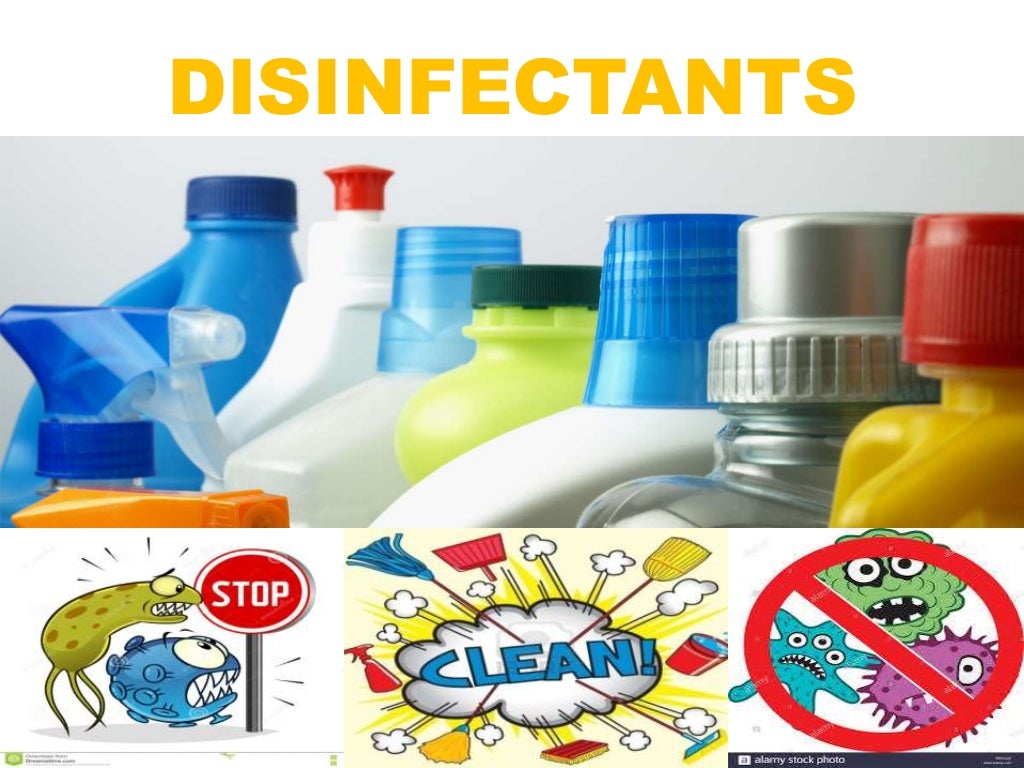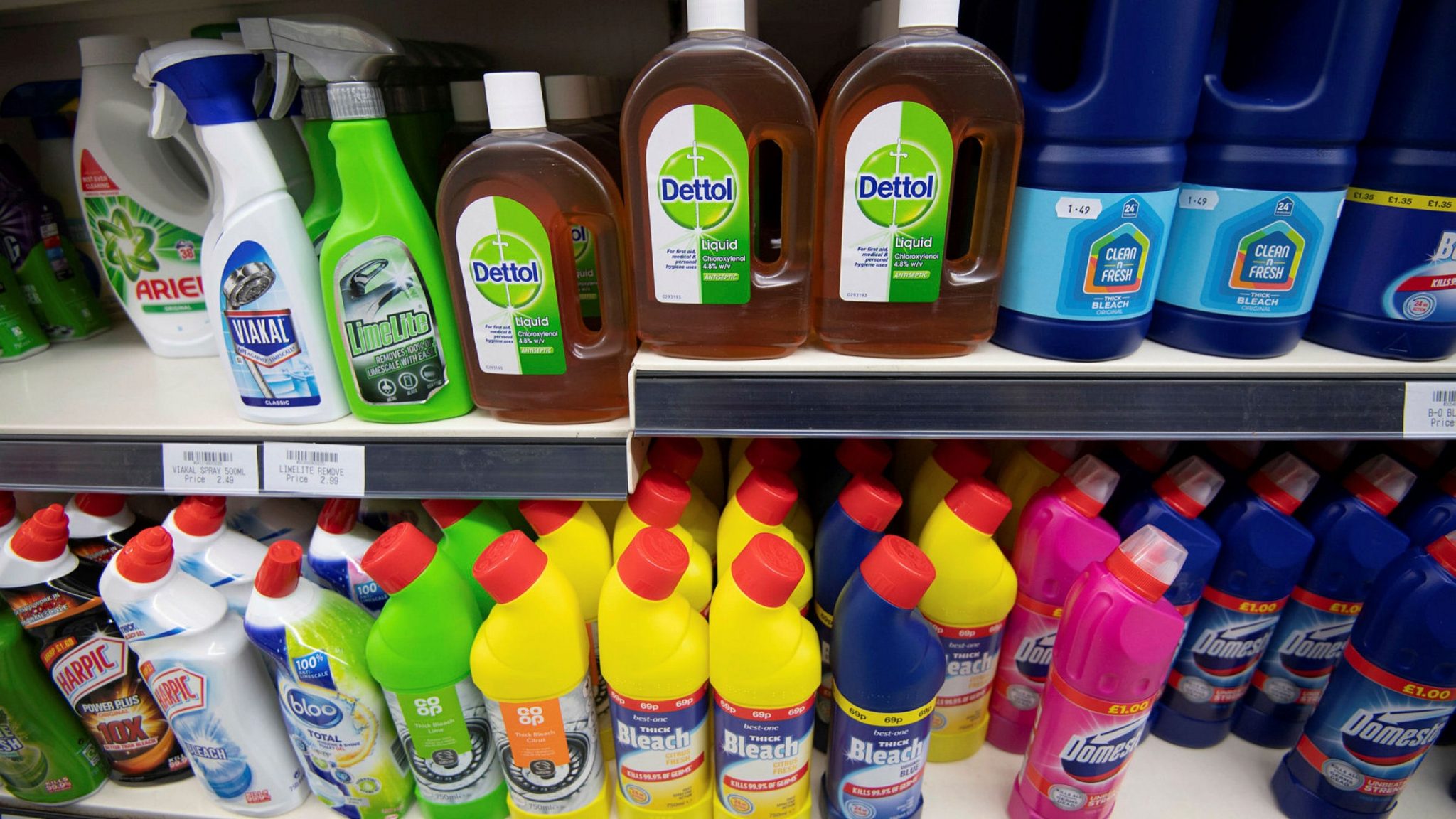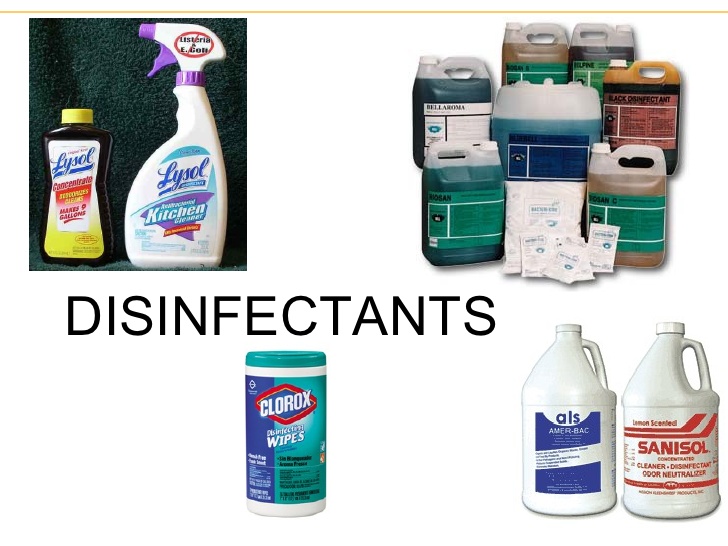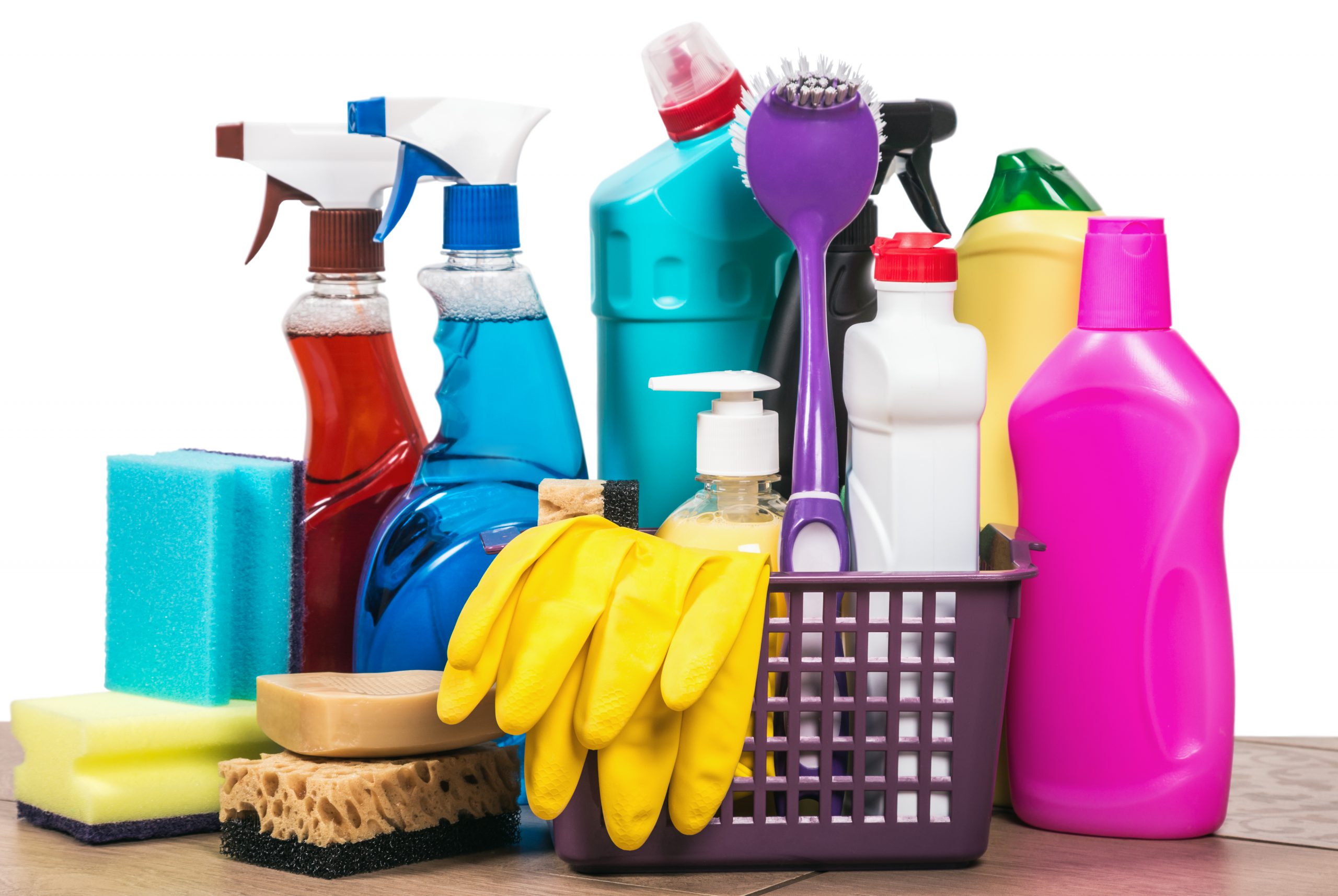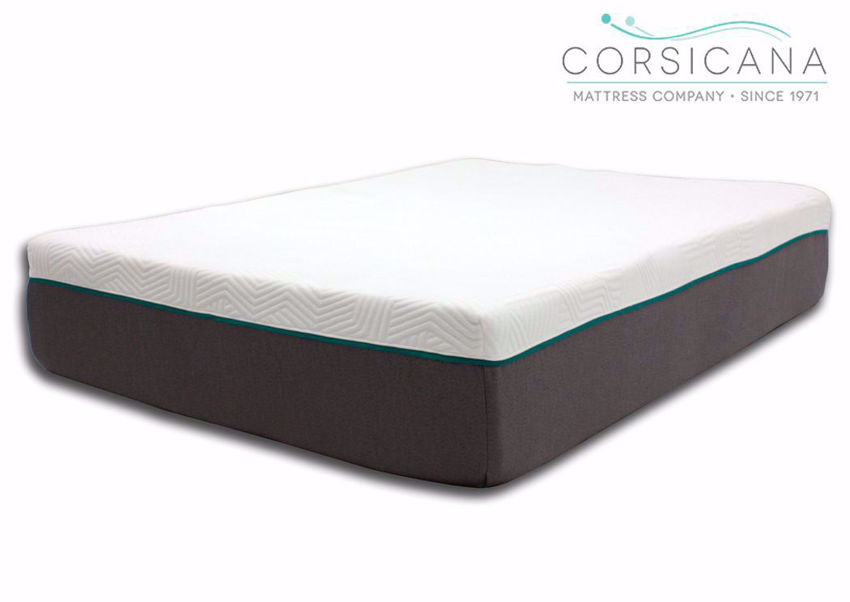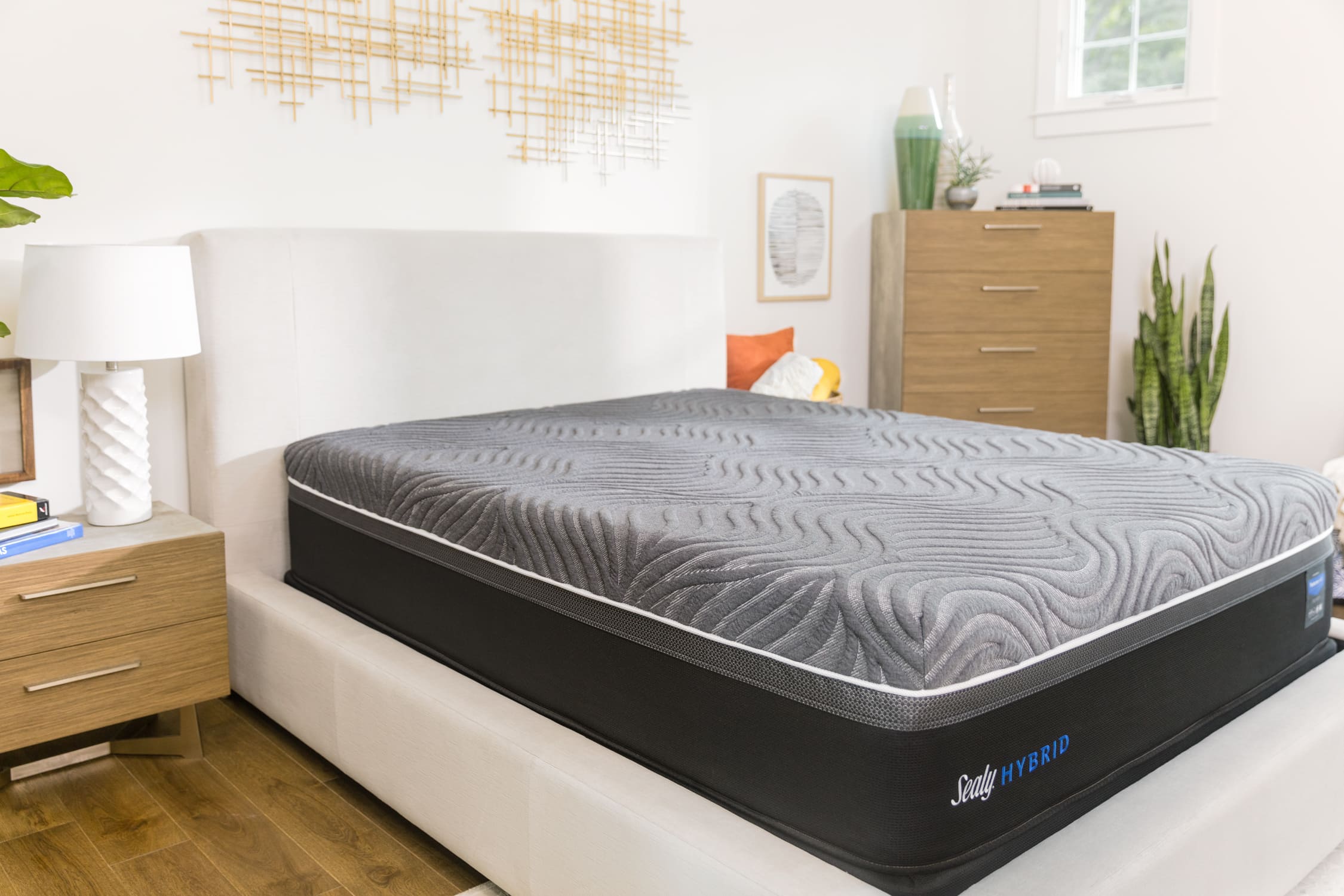If you're like most people, you probably use your bathroom sink every day without giving it much thought. But did you know that your sink can be a breeding ground for bacteria and germs? Luckily, there's a simple solution to keep your bathroom sink clean and hygienic - bleach. This powerful chemical is not only great for disinfecting, but it can also help with clogs and maintenance. Here are 10 things you should know about using bleach in your bathroom sink.Using Bleach to Clean Your Bathroom Sink: 10 Things to Know
When it comes to cleaning, bleach is one of the most effective chemicals out there. It's a strong oxidizer, meaning it can break down and remove stubborn stains and dirt. This makes it perfect for tackling the grime and buildup that can accumulate in your bathroom sink over time.1. Bleach is a Powerful Cleaning Agent
If your bathroom sink is clogged, bleach can come to the rescue. Pouring a cup of bleach down the drain can dissolve hair, soap scum, and other debris that may be causing the blockage. Just be sure to follow it up with a good amount of hot water to flush out the loosened material.2. It Can Dissolve Clogs
While bleach is a great cleaning agent, it's important to note that it can damage certain types of sinks. For example, if you have a porcelain or enamel sink, bleach can cause discoloration or even erode the surface. It's best to avoid using bleach on these types of sinks and opt for a gentler cleaning solution instead.3. Bleach is Not Safe for All Types of Sinks
When using bleach to clean your bathroom sink, it's important to dilute it with water. Not only will this make it safer for your sink, but it will also help prevent any harmful fumes from being released. A general rule of thumb is to mix one part bleach to nine parts water.4. Diluting Bleach is Key
Bleach is an extremely strong and reactive chemical, and it should never be mixed with other cleaning agents. Doing so can create toxic fumes and even cause explosions. Always use bleach on its own and be sure to properly ventilate the room while cleaning.5. Don't Mix Bleach with Other Chemicals
In addition to its cleaning powers, bleach is also a powerful disinfectant. It can kill a wide range of bacteria, viruses, and other germs that may be lurking in your bathroom sink. This makes it an excellent choice for households with young children or those who are more susceptible to illness.6. Bleach Can Disinfect Your Sink
If you want to keep your bathroom sink clean and germ-free, it's important to use bleach on a regular basis. This will prevent buildup and keep bacteria at bay. A good rule of thumb is to use bleach once a week for maintenance, or more often if you have a particularly dirty sink.7. It's Best to Use Bleach on a Regular Basis
Aside from cleaning your sink, bleach can also help with maintaining your pipes. Over time, grime and debris can build up in your pipes, causing clogs and even damage. Pouring bleach down your sink can help break down and clear out this buildup, keeping your pipes in good working condition.8. Bleach Can Help with Pipe Maintenance
When handling bleach, it's important to protect yourself. Always wear gloves and eye protection to prevent any accidental contact with your skin or eyes. If you do get bleach on your skin, be sure to wash it off immediately with plenty of water.9. Always Use Gloves and Eye Protection
Can You Safely Put Bleach Down Your Bathroom Sink?
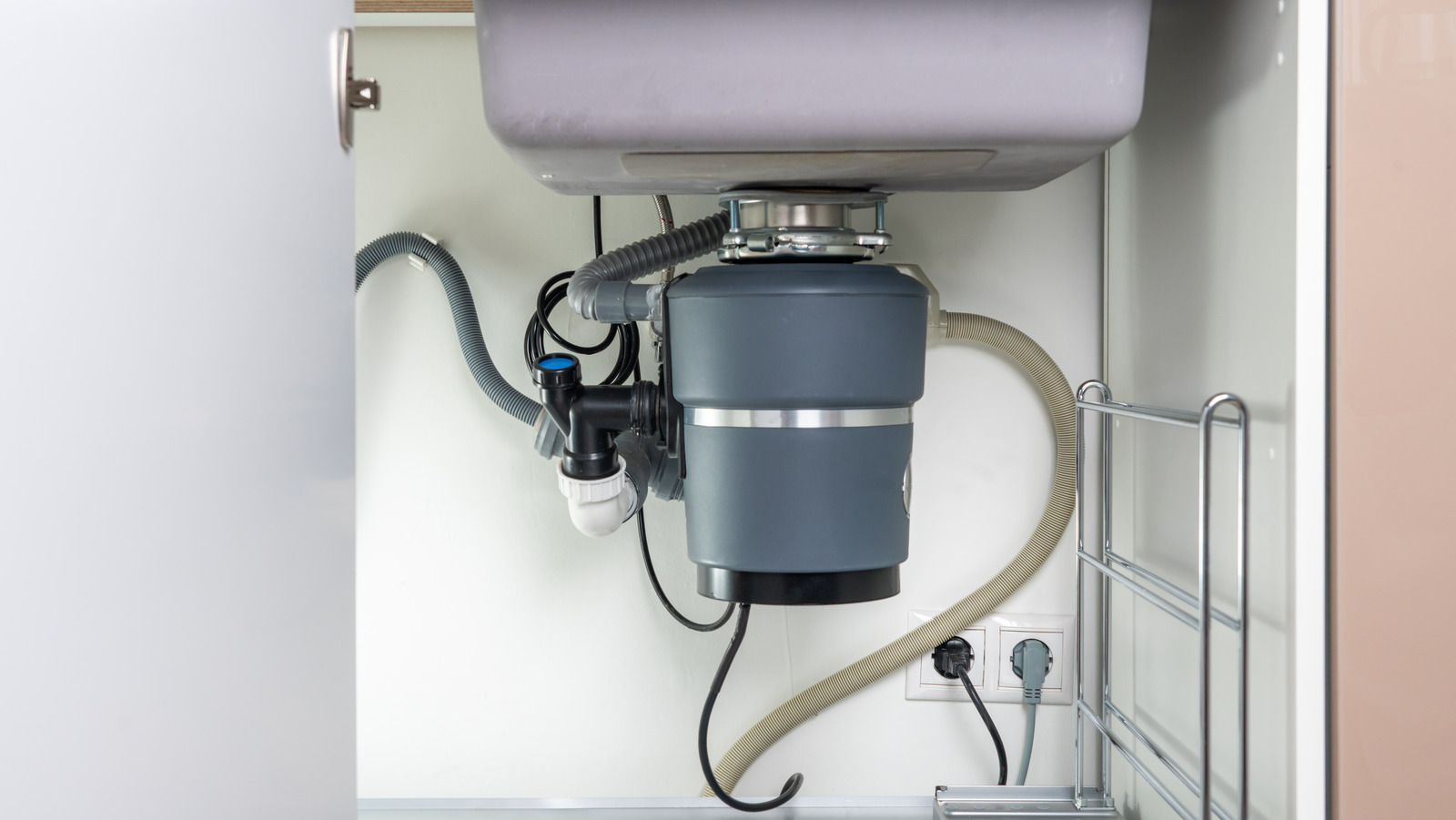
The Importance of Proper Drain Maintenance
 Bleach is a common household cleaning product that is typically used to disinfect and whiten surfaces. Many people wonder if it is safe to pour bleach down their bathroom sink to clean and deodorize it. While bleach may seem like a quick and easy solution, it is important to understand the potential risks and alternatives for maintaining a clean and functional bathroom sink.
The Dangers of Bleach in Your Drain
Bleach is a strong chemical that can cause damage to your plumbing system when poured down your bathroom sink. It can corrode and weaken pipes, leading to leaks and even burst pipes. This not only creates a costly and messy plumbing issue, but it can also harm the environment when bleach seeps into the ground and water sources.
In addition, bleach can also react with other substances in your drain, such as hair, grease, and soap scum, creating a toxic gas that can be harmful to your health. This gas can also cause damage to your lungs and respiratory system.
Alternatives for a Clean and Functional Sink
Fortunately, there are safer and more effective alternatives to bleach for maintaining a clean and functional bathroom sink. One option is to use natural cleaning solutions, such as vinegar and baking soda, which are not only eco-friendly but also safe for your plumbing system.
Regularly cleaning and maintaining your bathroom sink can also prevent the need for harsh chemicals like bleach. Regularly flushing your drain with hot water and using a plunger to remove any clogs can keep your drain clear and smelling fresh. You can also use a drain guard to catch hair and debris before it goes down your drain.
Proper Drain Maintenance for a Functional Home
In addition to avoiding the use of bleach in your bathroom sink, it is important to practice proper drain maintenance for a functional home. This includes not flushing anything other than toilet paper down the toilet and avoiding pouring grease and food scraps down the kitchen sink. Regularly scheduling professional drain inspections and cleanings can also help prevent major plumbing issues.
In conclusion, while bleach may seem like a convenient solution for cleaning your bathroom sink, it can cause more harm than good. By understanding the dangers of bleach and utilizing alternative cleaning methods, you can maintain a clean and functional bathroom sink without risking damage to your plumbing system or health. Remember to practice proper drain maintenance for a safe and functional home.
Bleach is a common household cleaning product that is typically used to disinfect and whiten surfaces. Many people wonder if it is safe to pour bleach down their bathroom sink to clean and deodorize it. While bleach may seem like a quick and easy solution, it is important to understand the potential risks and alternatives for maintaining a clean and functional bathroom sink.
The Dangers of Bleach in Your Drain
Bleach is a strong chemical that can cause damage to your plumbing system when poured down your bathroom sink. It can corrode and weaken pipes, leading to leaks and even burst pipes. This not only creates a costly and messy plumbing issue, but it can also harm the environment when bleach seeps into the ground and water sources.
In addition, bleach can also react with other substances in your drain, such as hair, grease, and soap scum, creating a toxic gas that can be harmful to your health. This gas can also cause damage to your lungs and respiratory system.
Alternatives for a Clean and Functional Sink
Fortunately, there are safer and more effective alternatives to bleach for maintaining a clean and functional bathroom sink. One option is to use natural cleaning solutions, such as vinegar and baking soda, which are not only eco-friendly but also safe for your plumbing system.
Regularly cleaning and maintaining your bathroom sink can also prevent the need for harsh chemicals like bleach. Regularly flushing your drain with hot water and using a plunger to remove any clogs can keep your drain clear and smelling fresh. You can also use a drain guard to catch hair and debris before it goes down your drain.
Proper Drain Maintenance for a Functional Home
In addition to avoiding the use of bleach in your bathroom sink, it is important to practice proper drain maintenance for a functional home. This includes not flushing anything other than toilet paper down the toilet and avoiding pouring grease and food scraps down the kitchen sink. Regularly scheduling professional drain inspections and cleanings can also help prevent major plumbing issues.
In conclusion, while bleach may seem like a convenient solution for cleaning your bathroom sink, it can cause more harm than good. By understanding the dangers of bleach and utilizing alternative cleaning methods, you can maintain a clean and functional bathroom sink without risking damage to your plumbing system or health. Remember to practice proper drain maintenance for a safe and functional home.










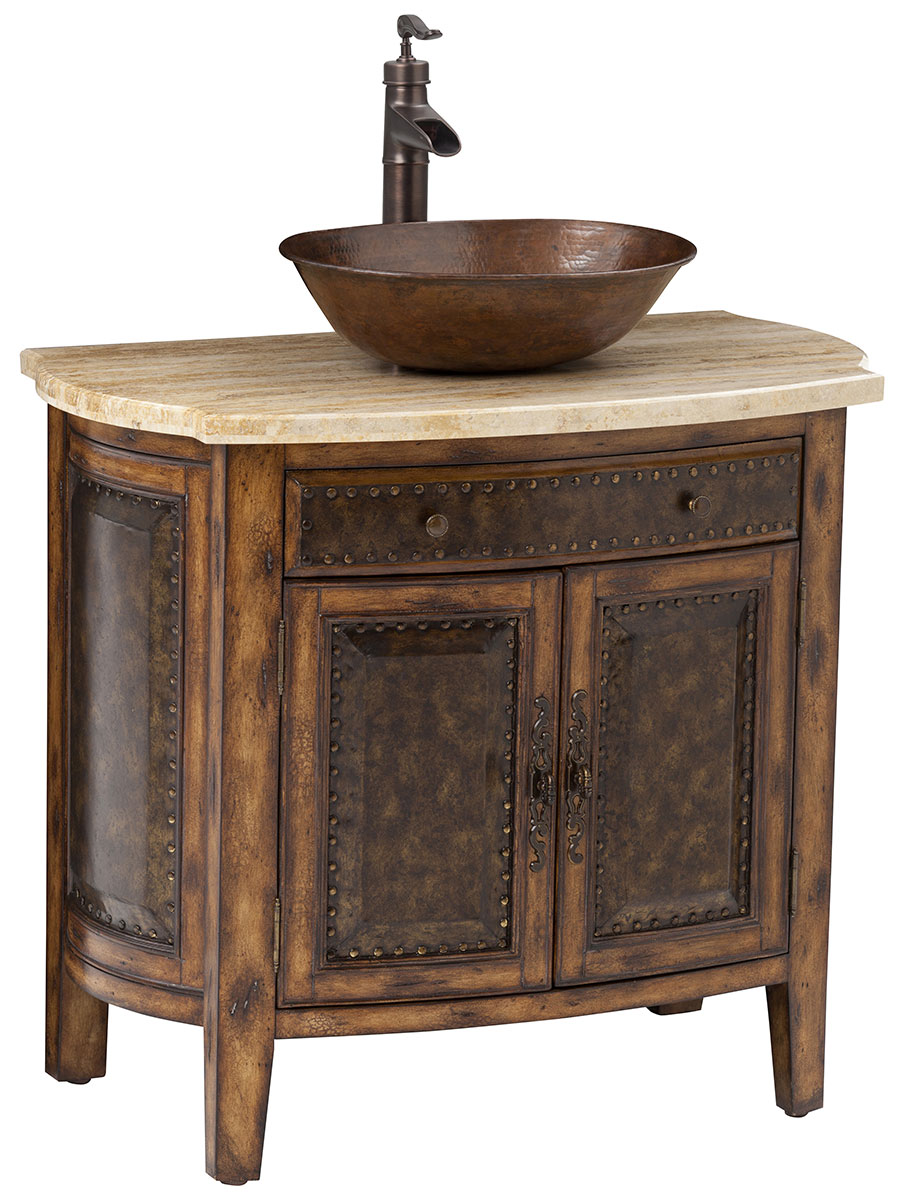









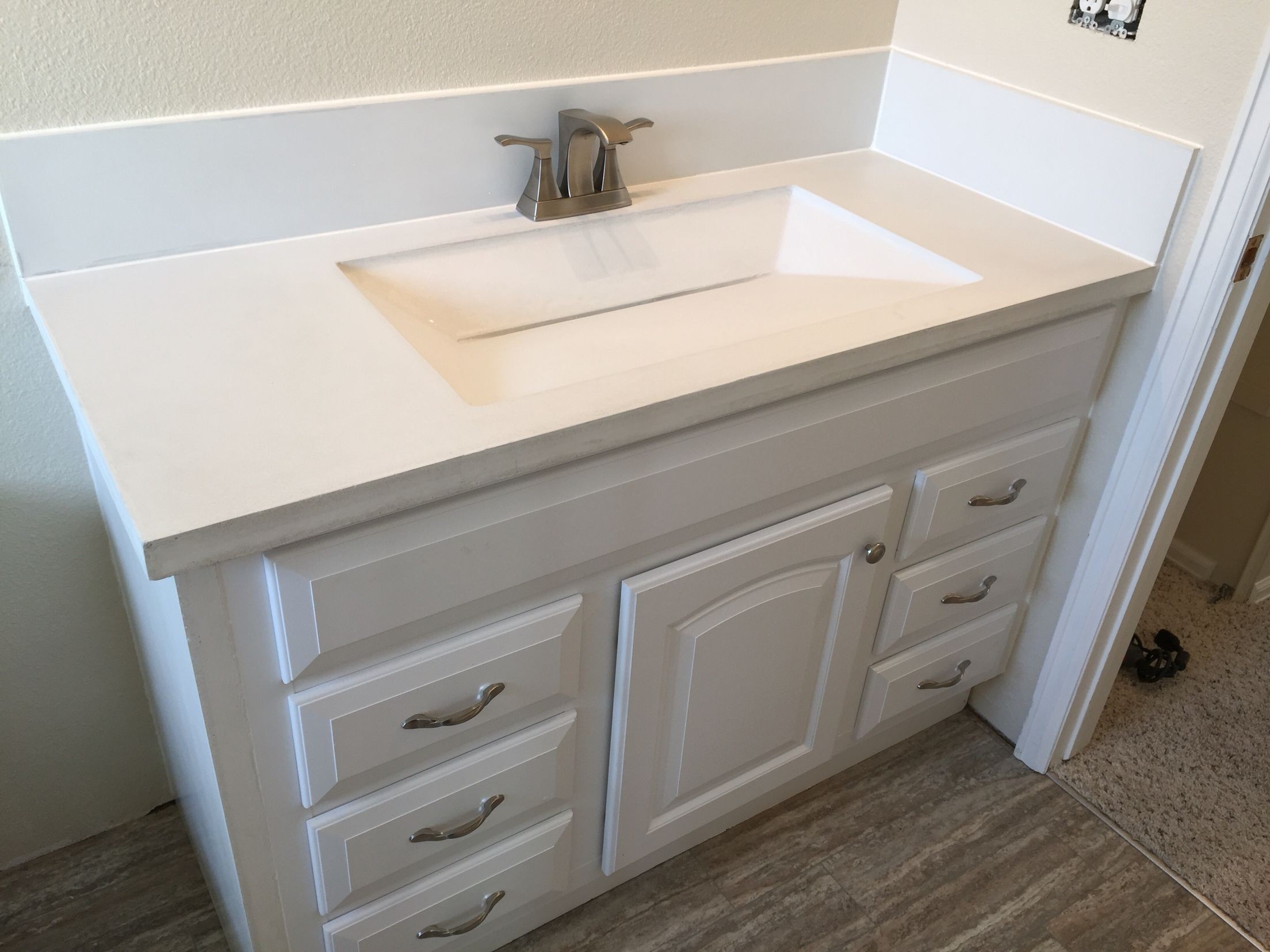
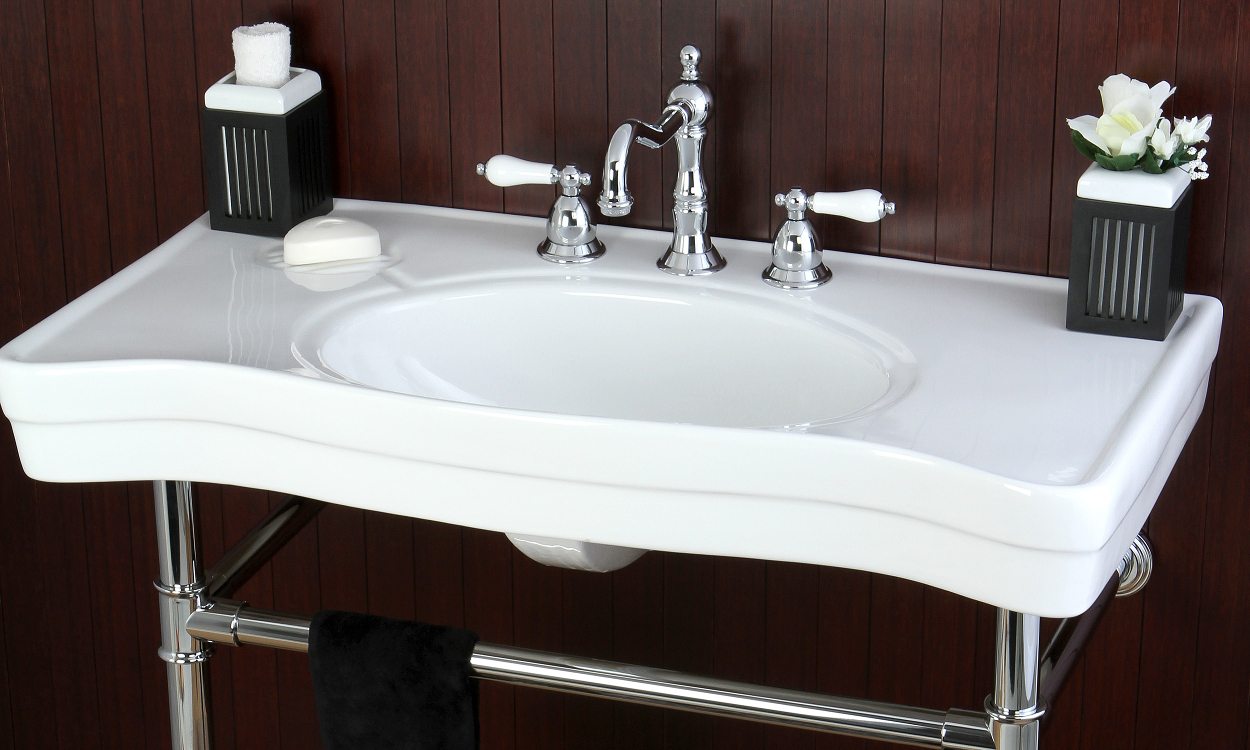



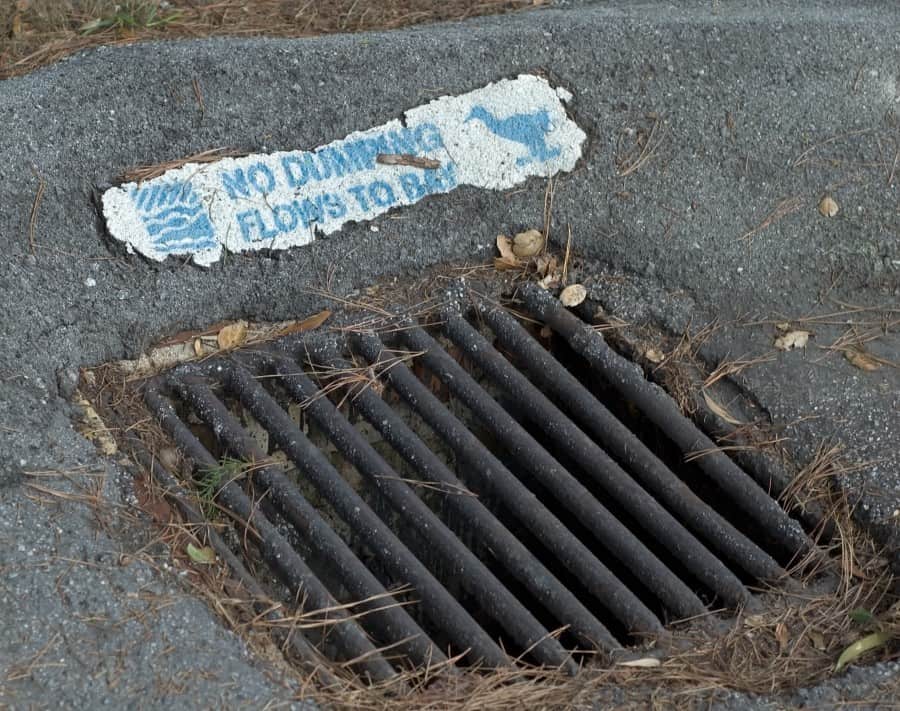


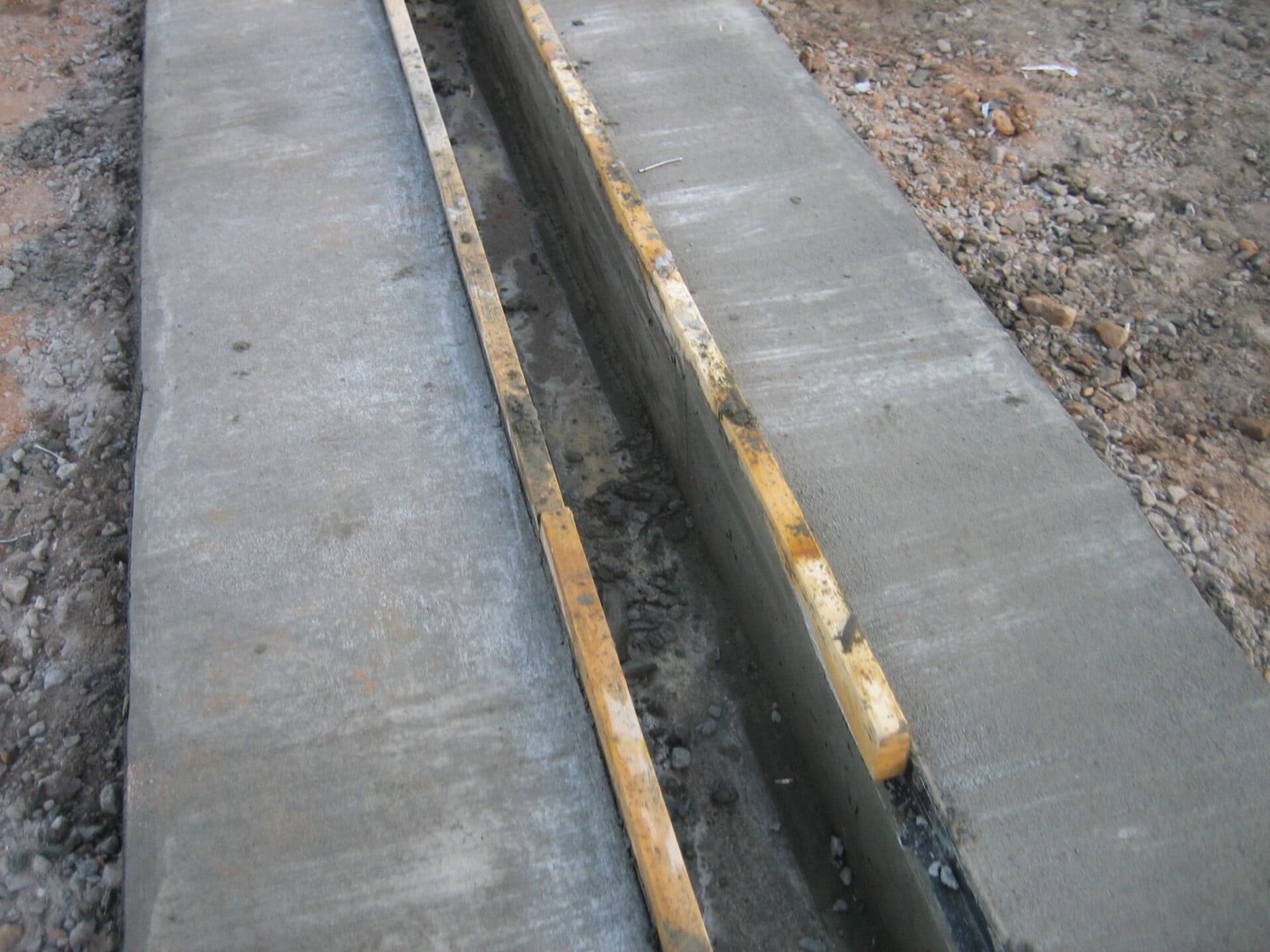
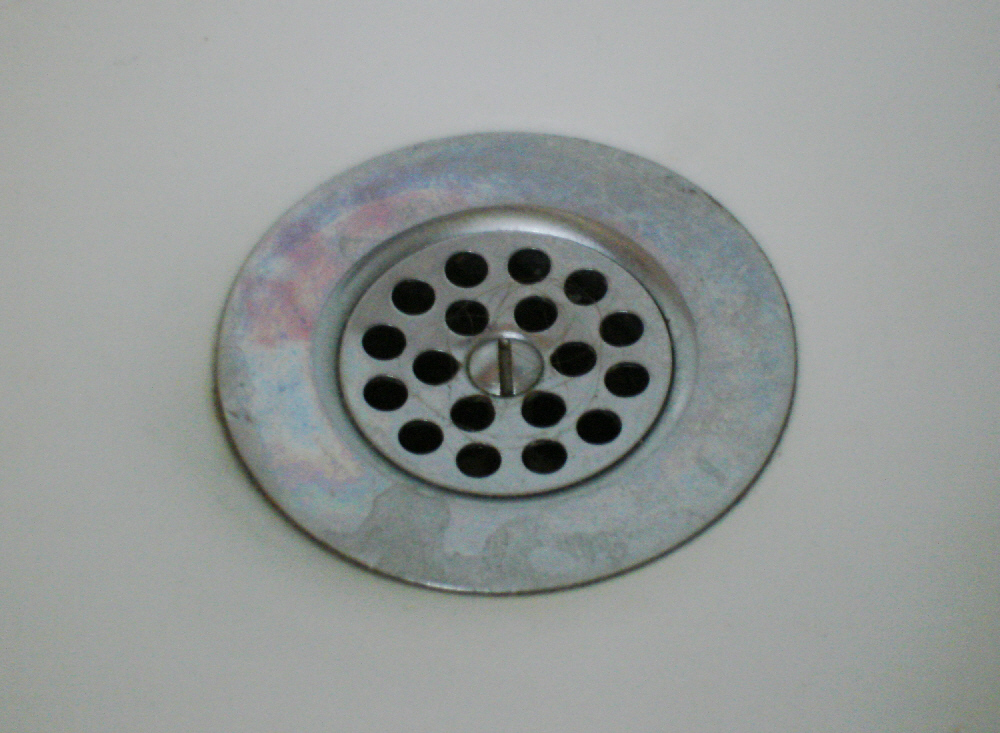
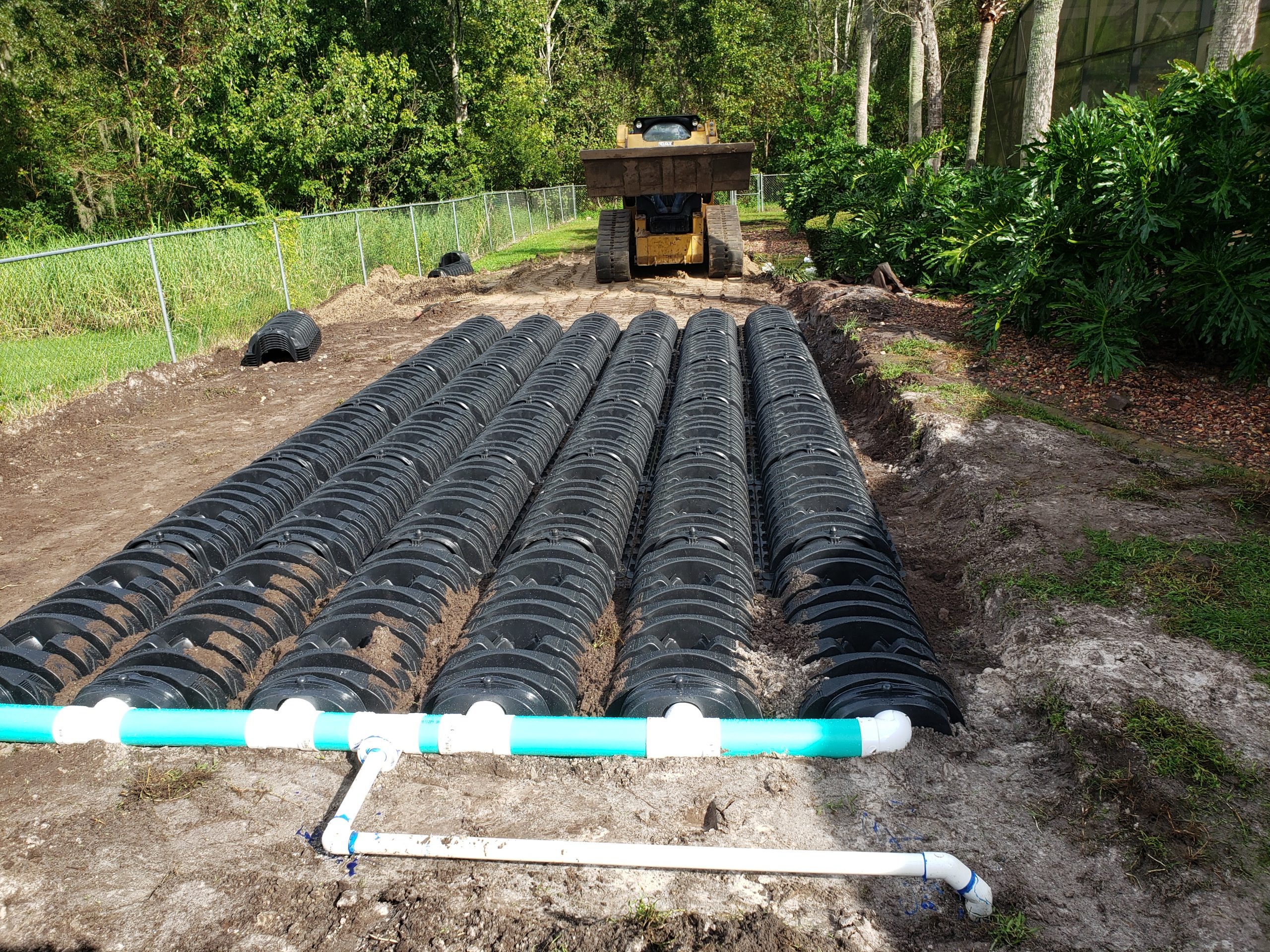
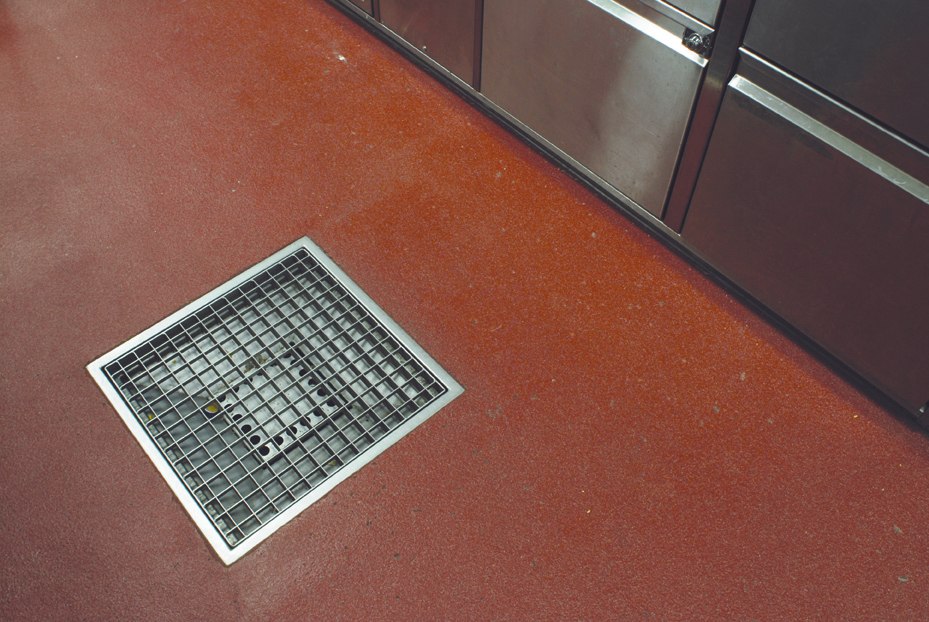

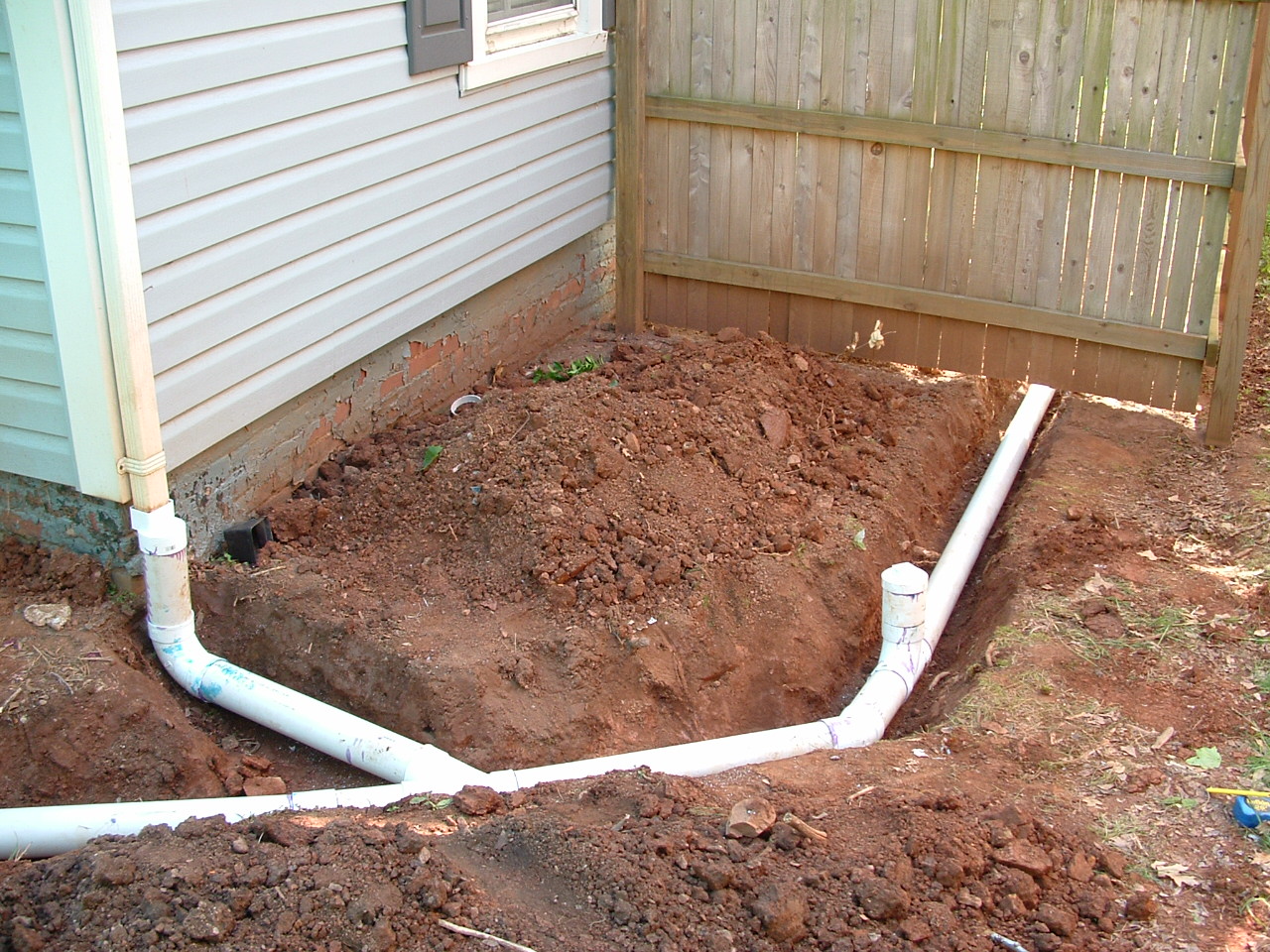


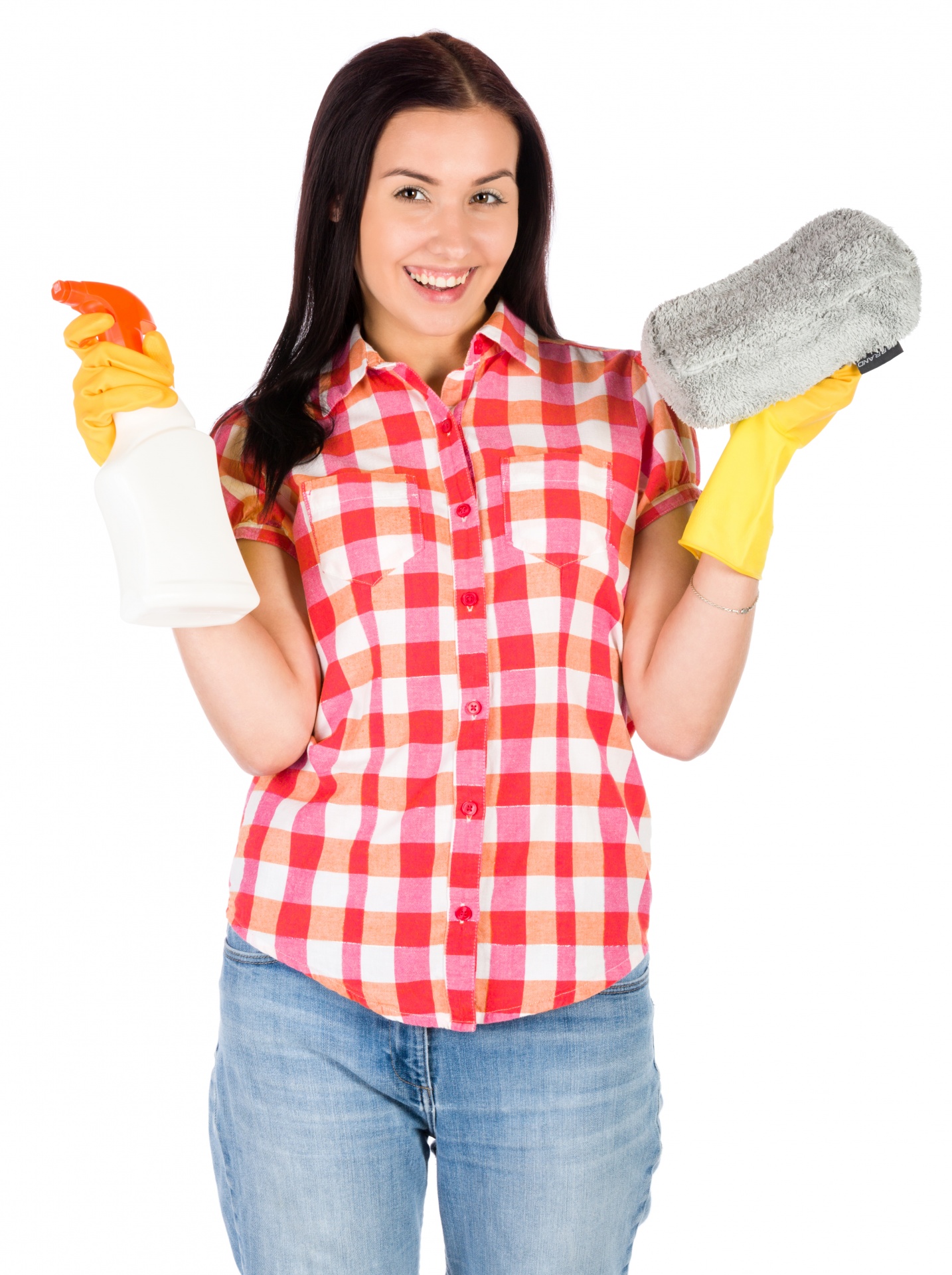



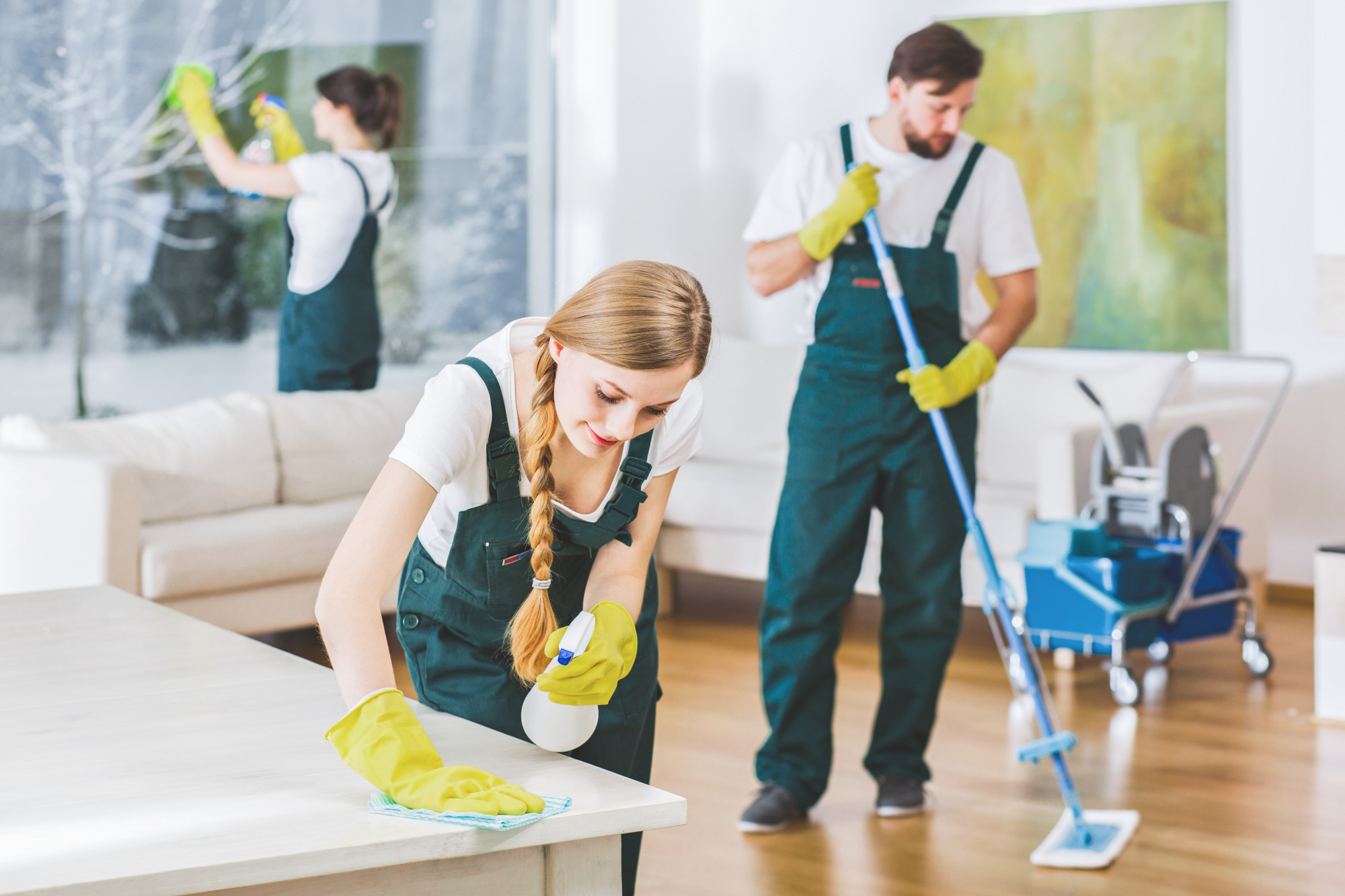



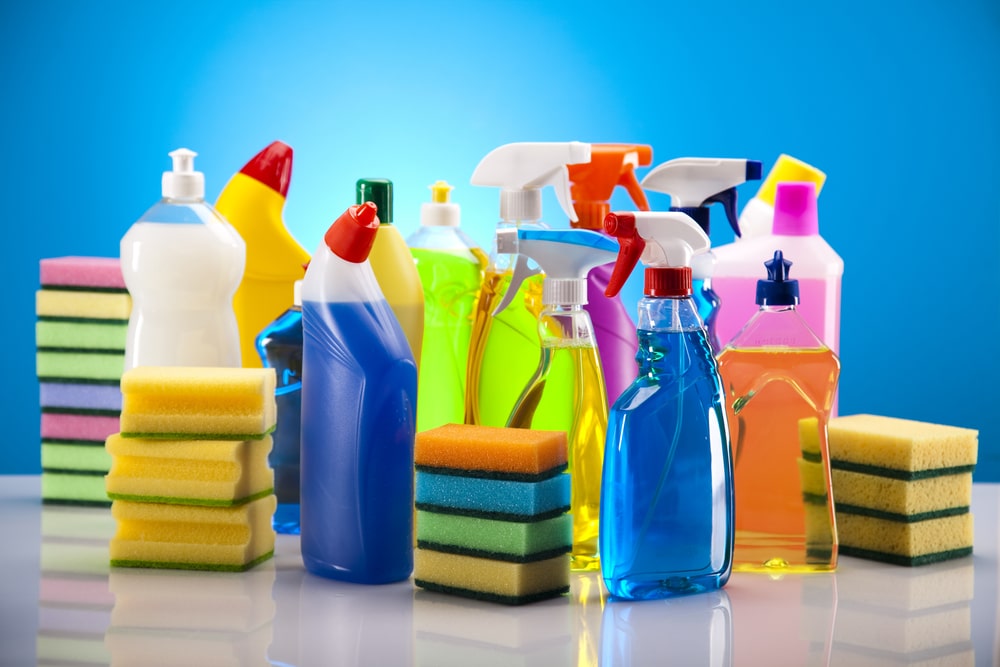
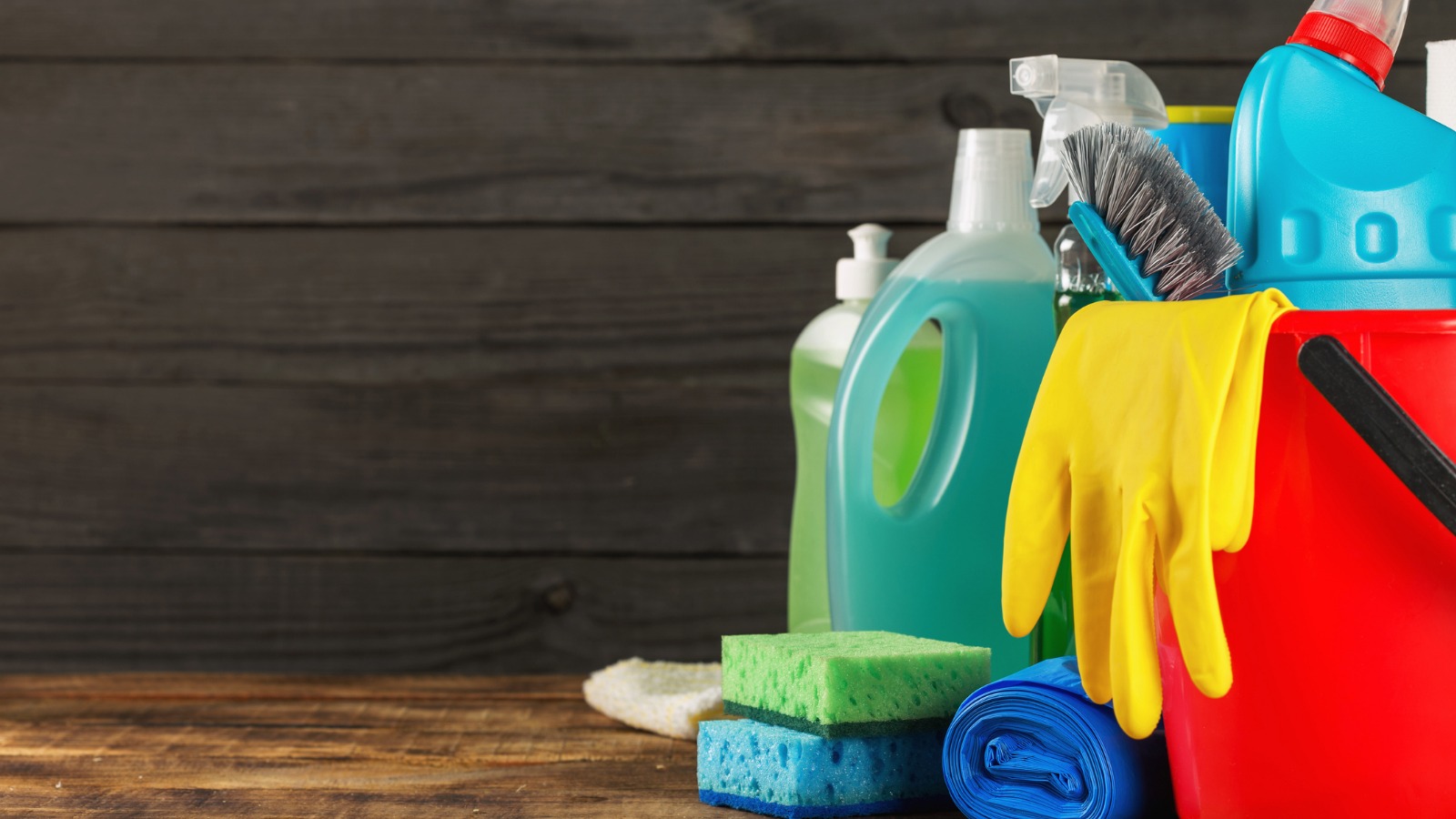


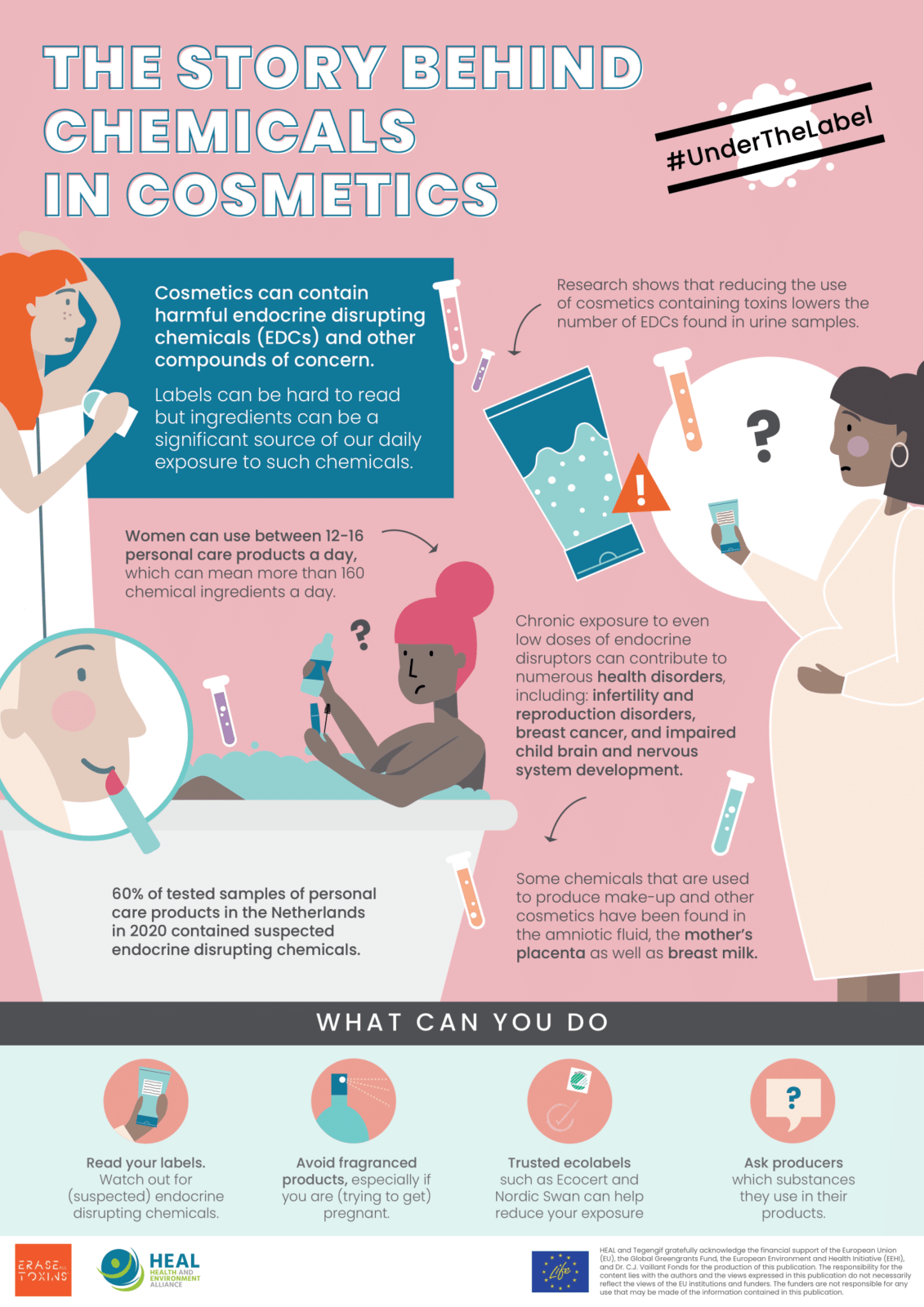

/chemistry-glassware-56a12a083df78cf772680235.jpg)
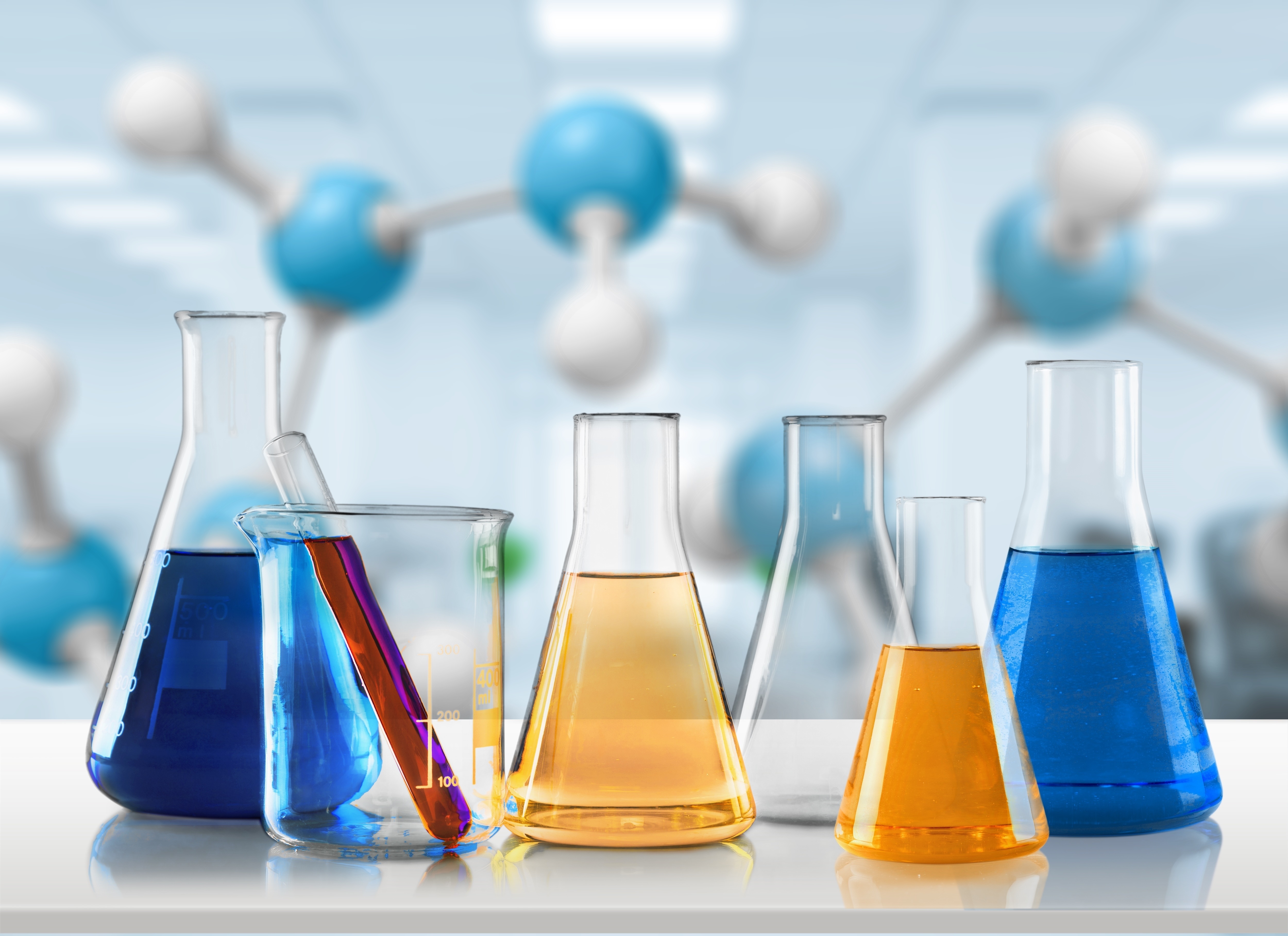
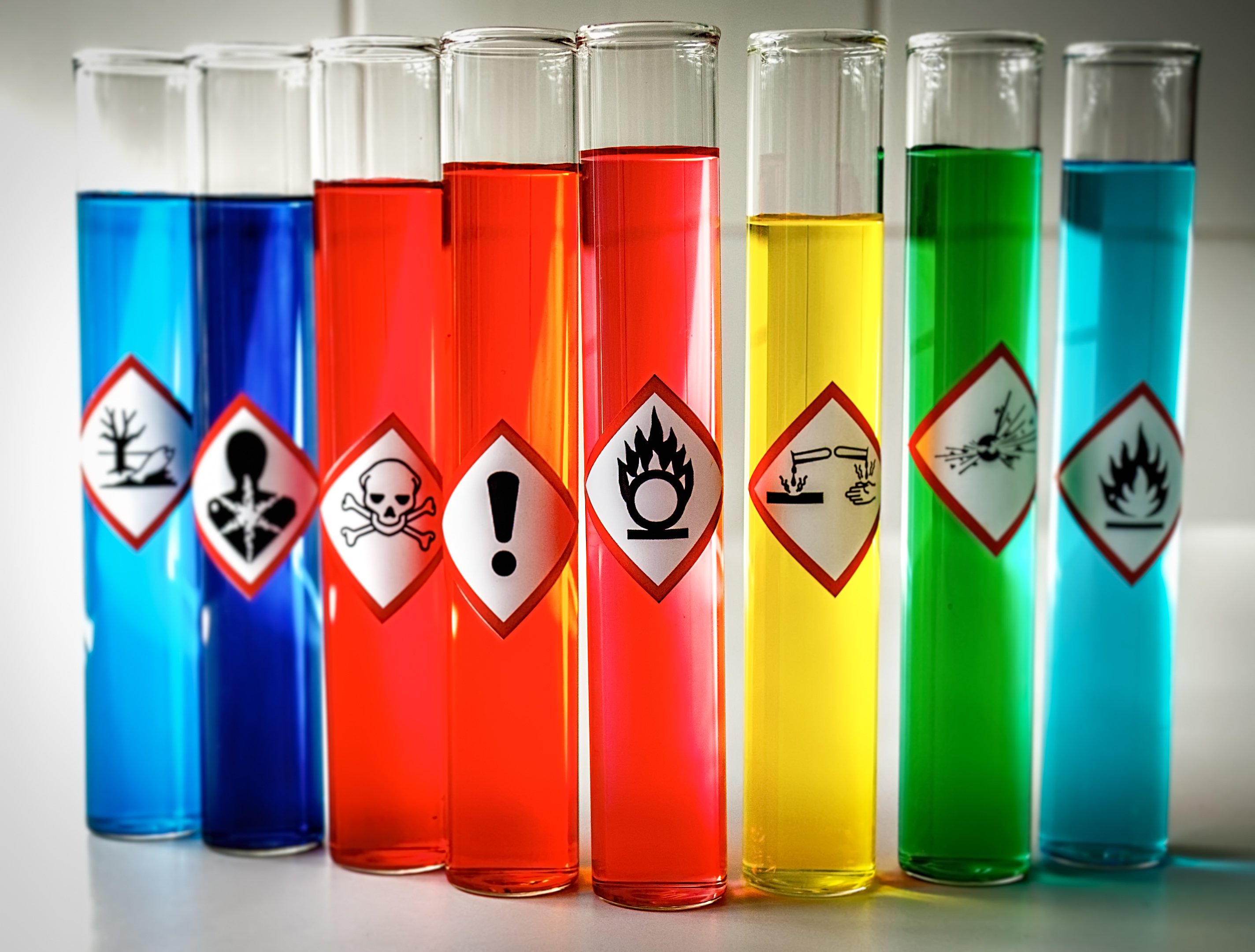
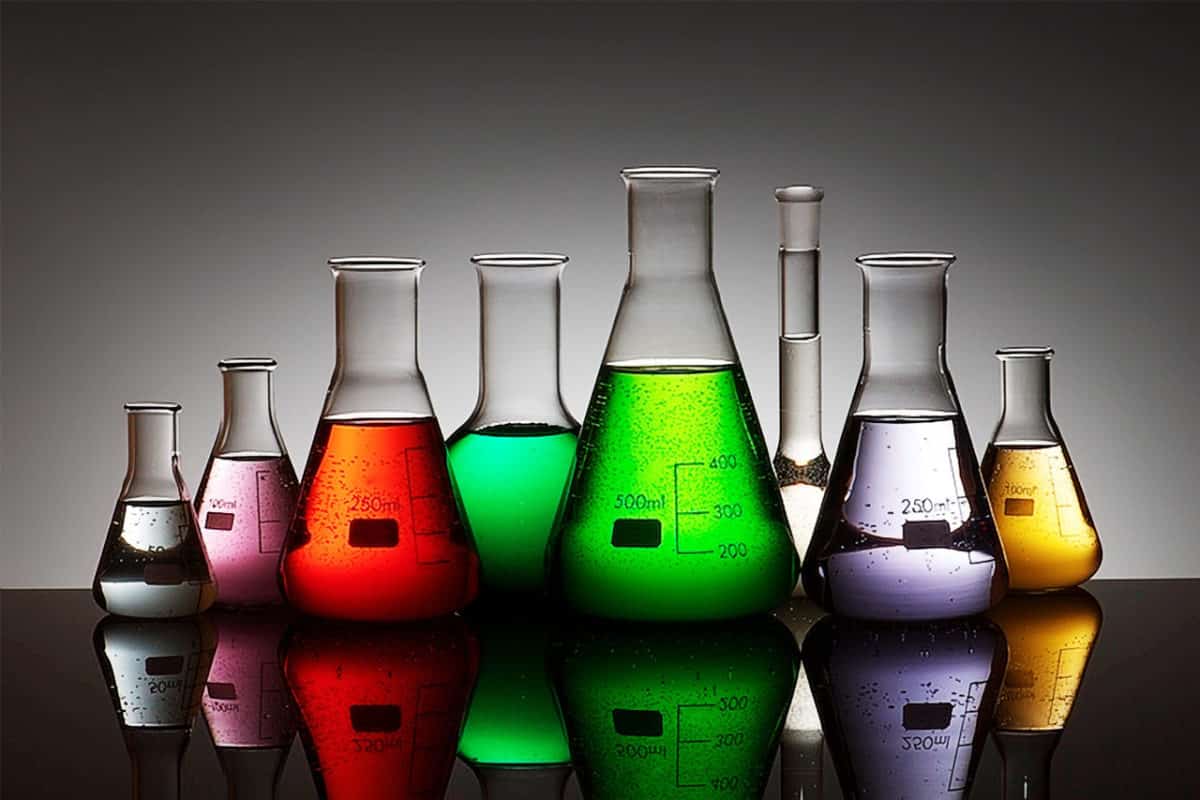




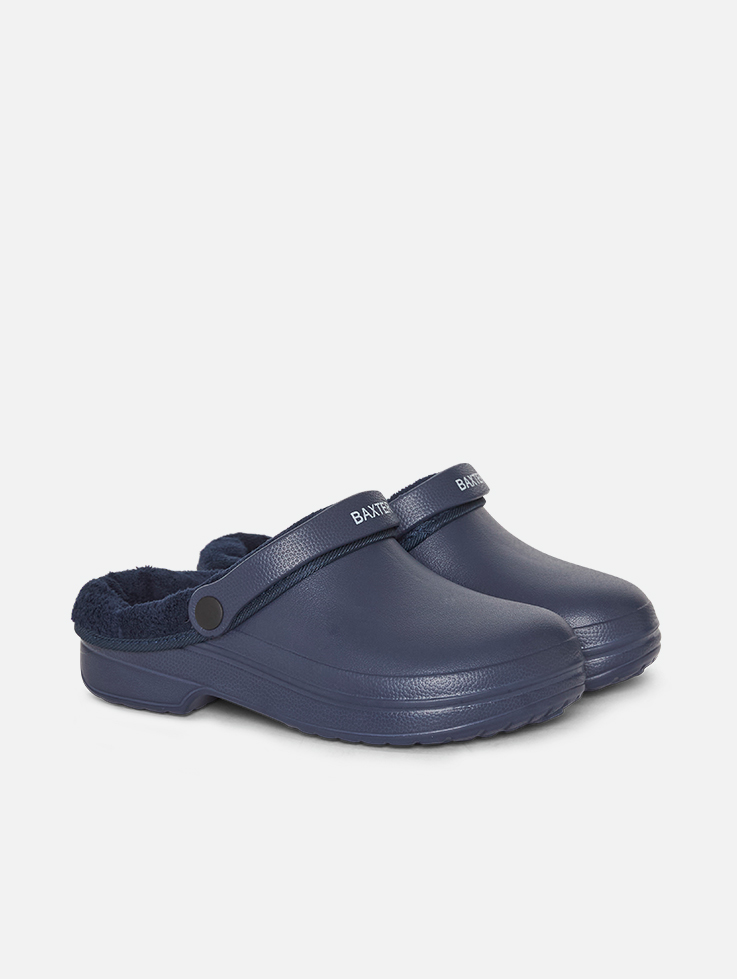




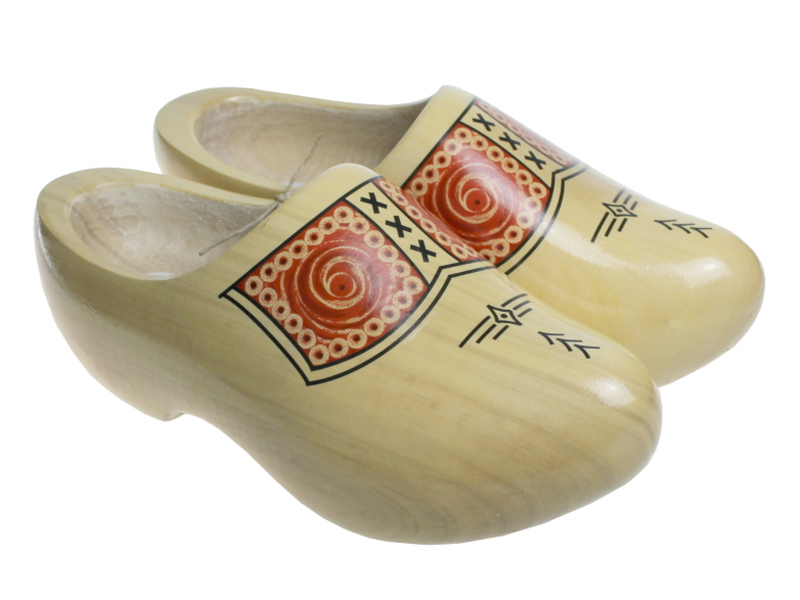

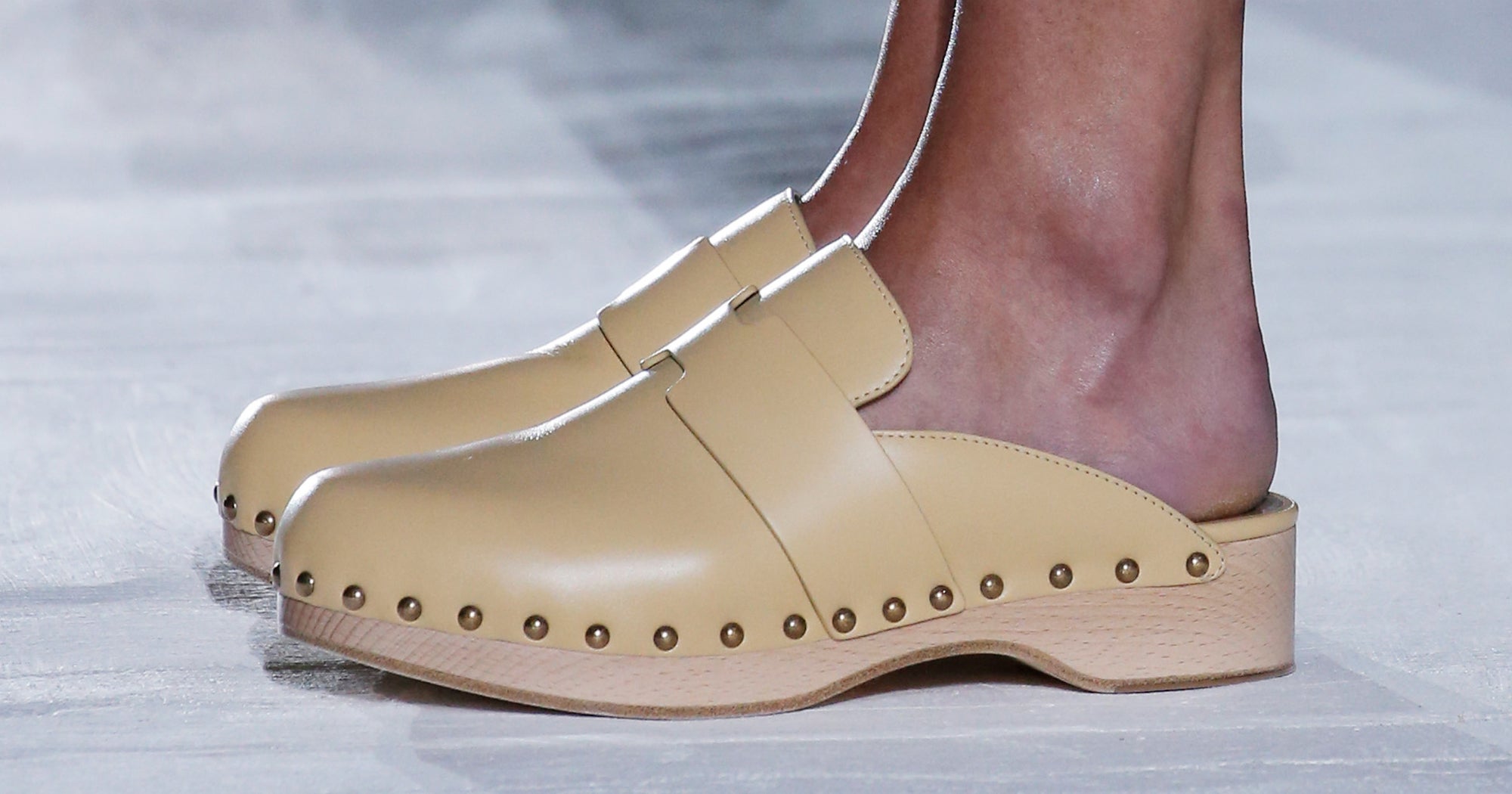

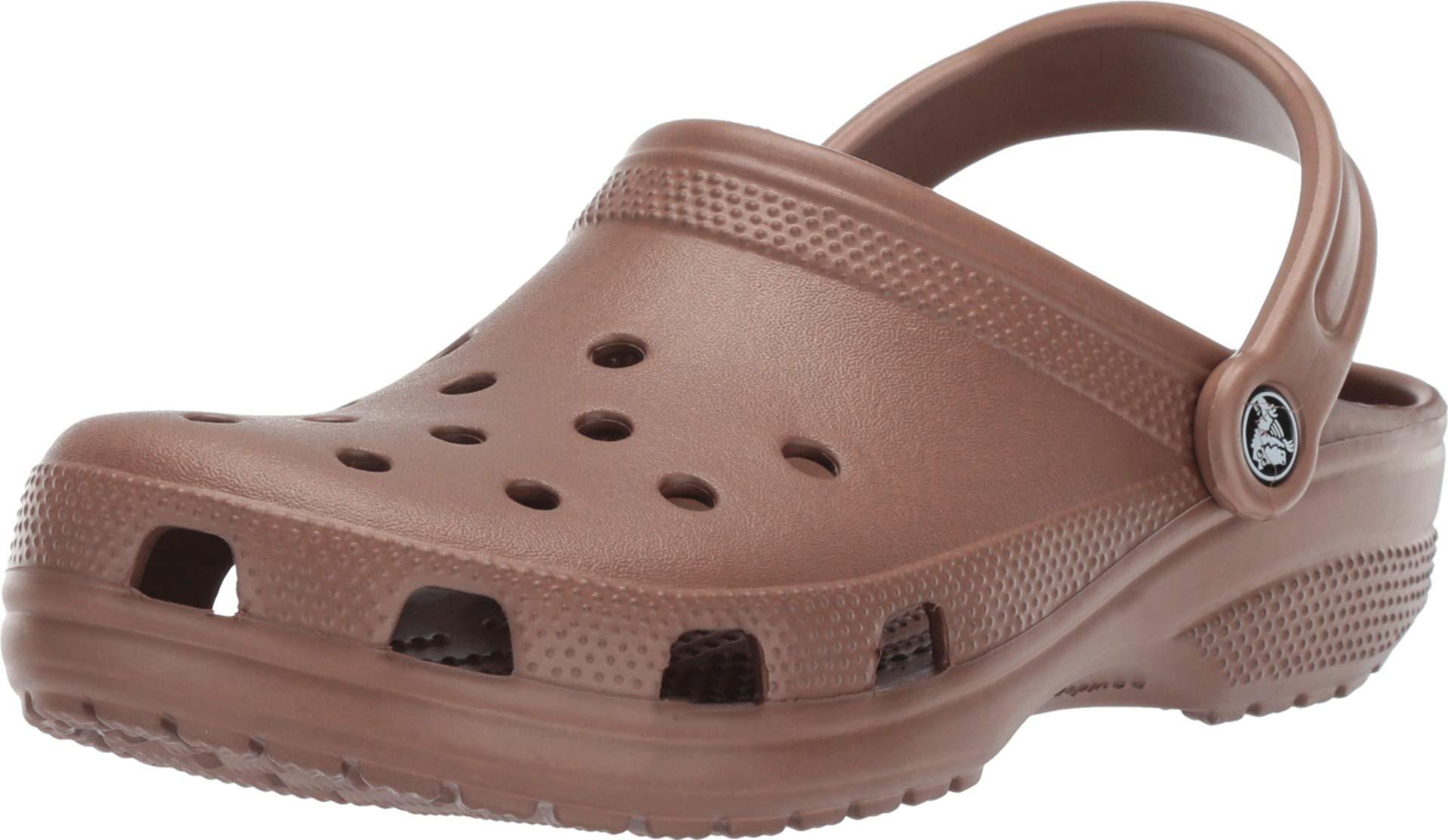


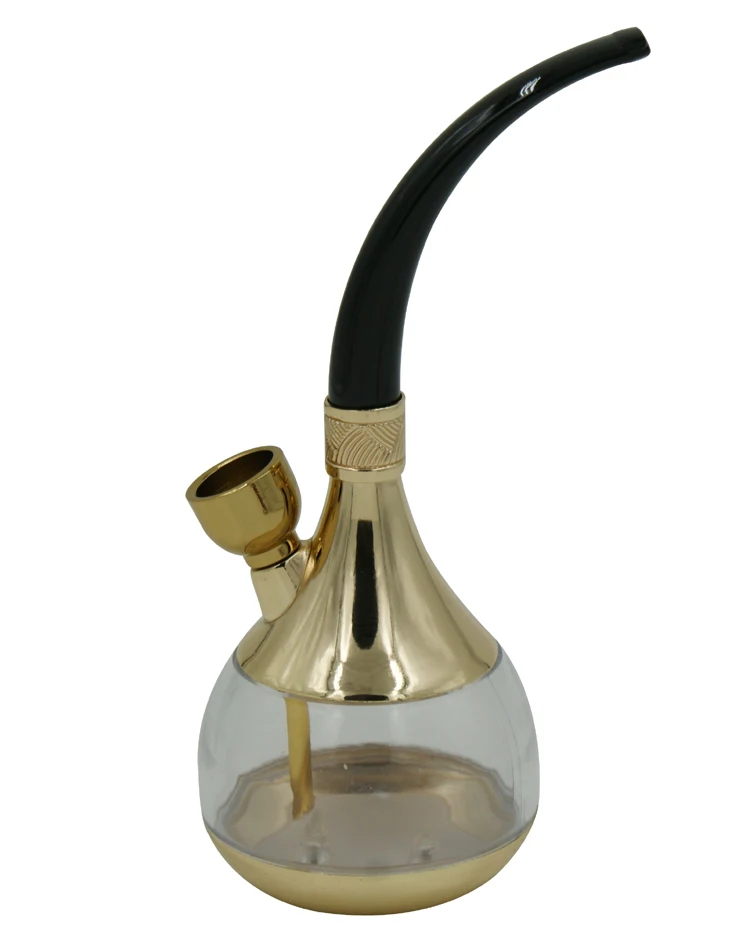
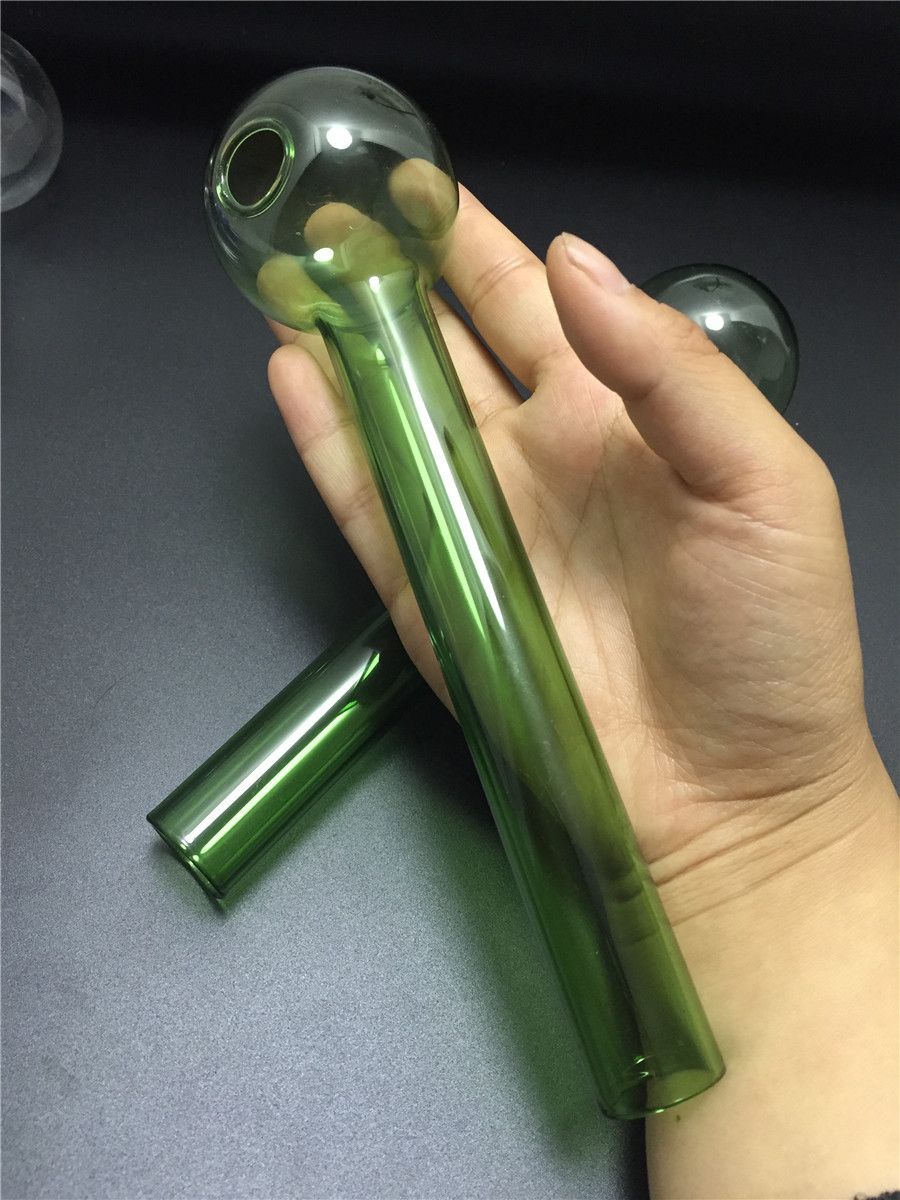

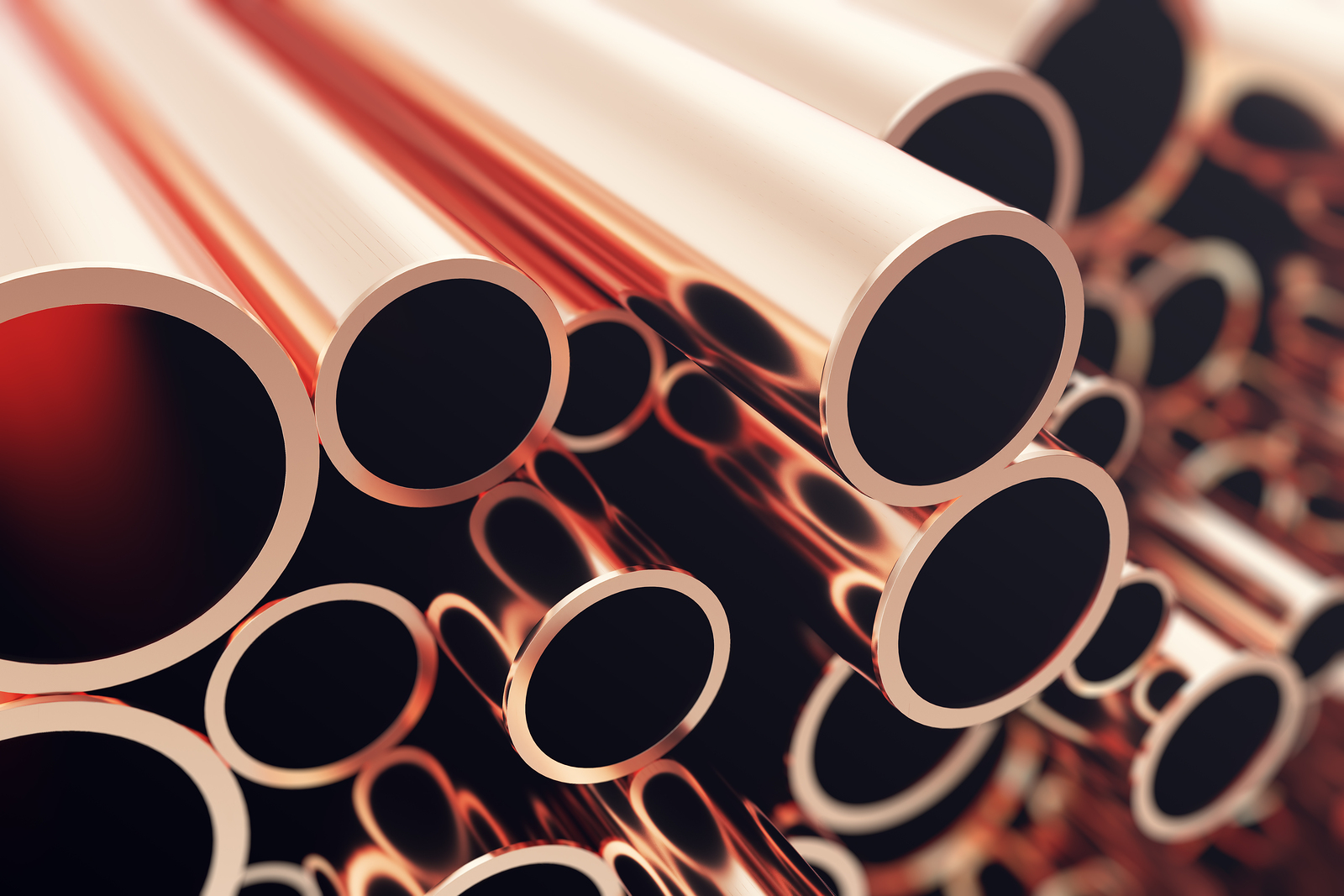
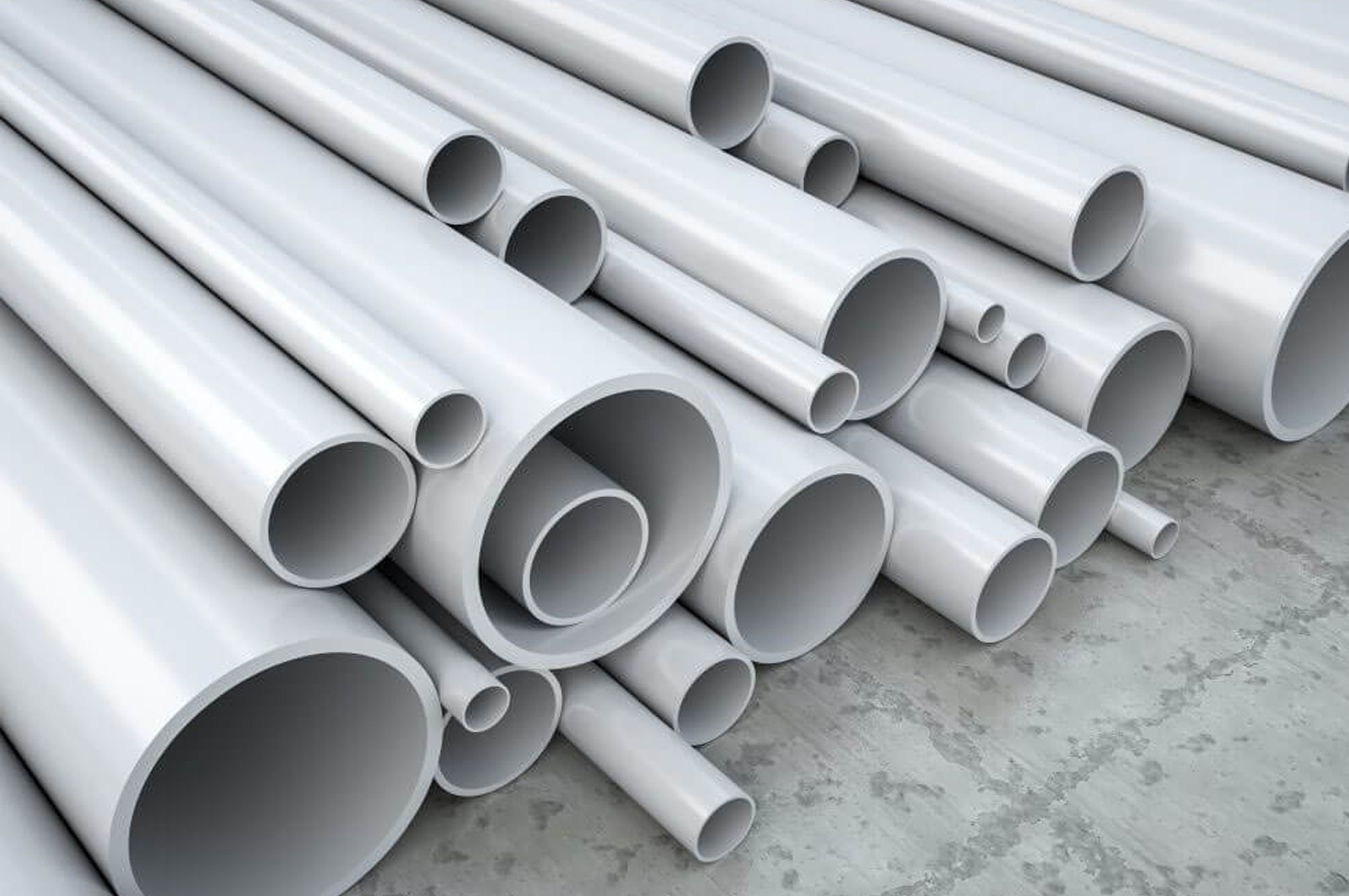
/Plastic-Plumbing-Pipe-183508152-58a47c925f9b58819c9c8ac6.jpg)
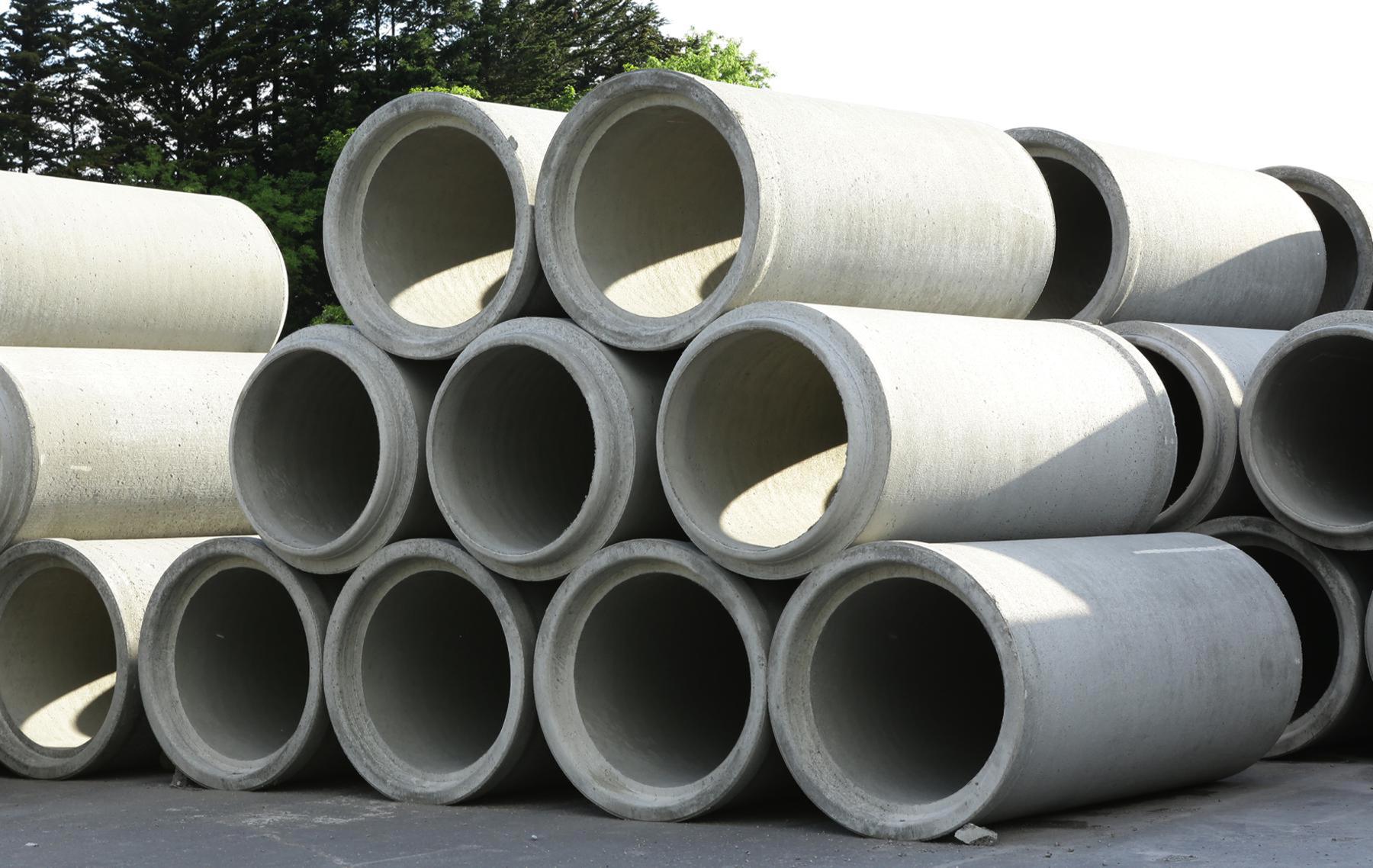
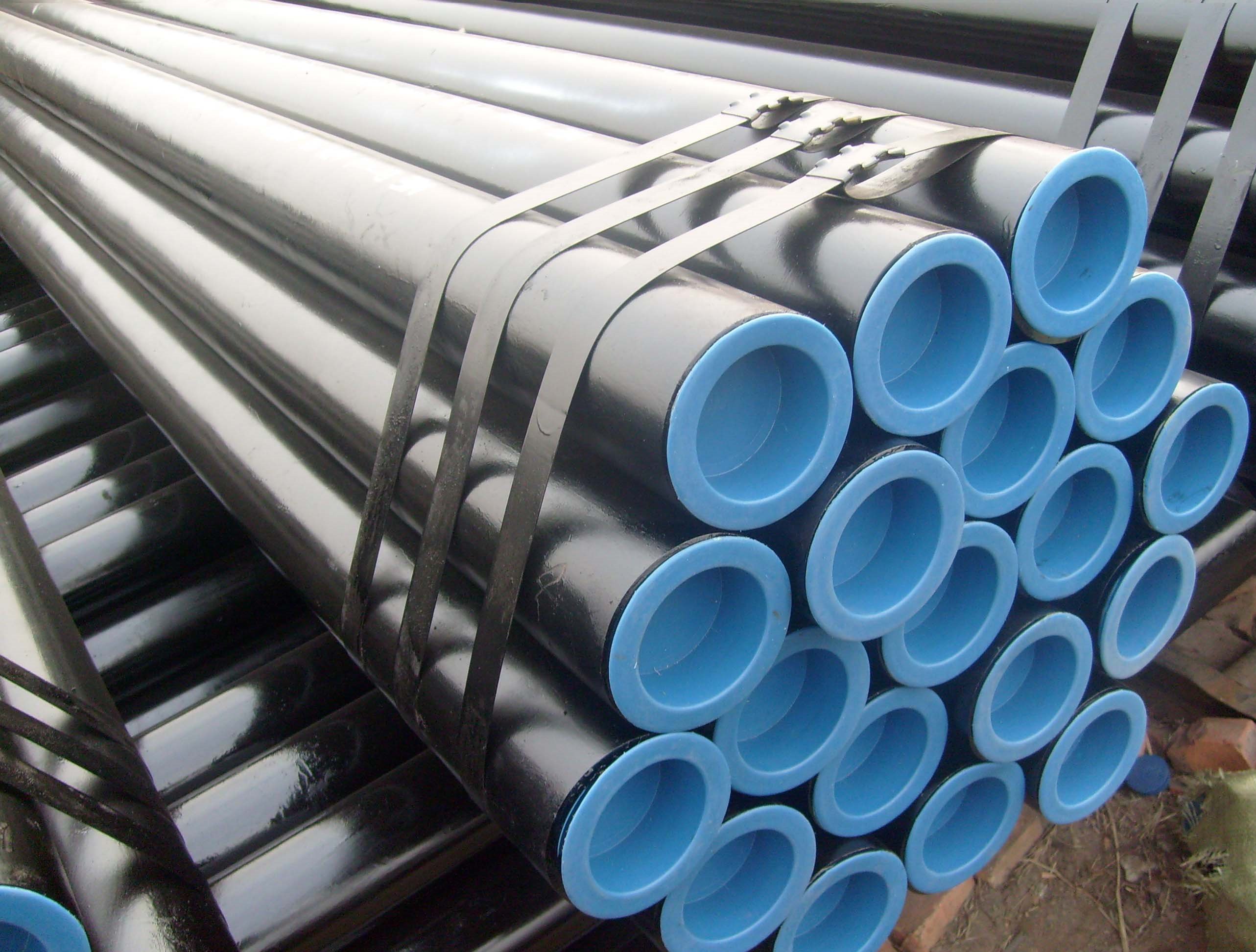
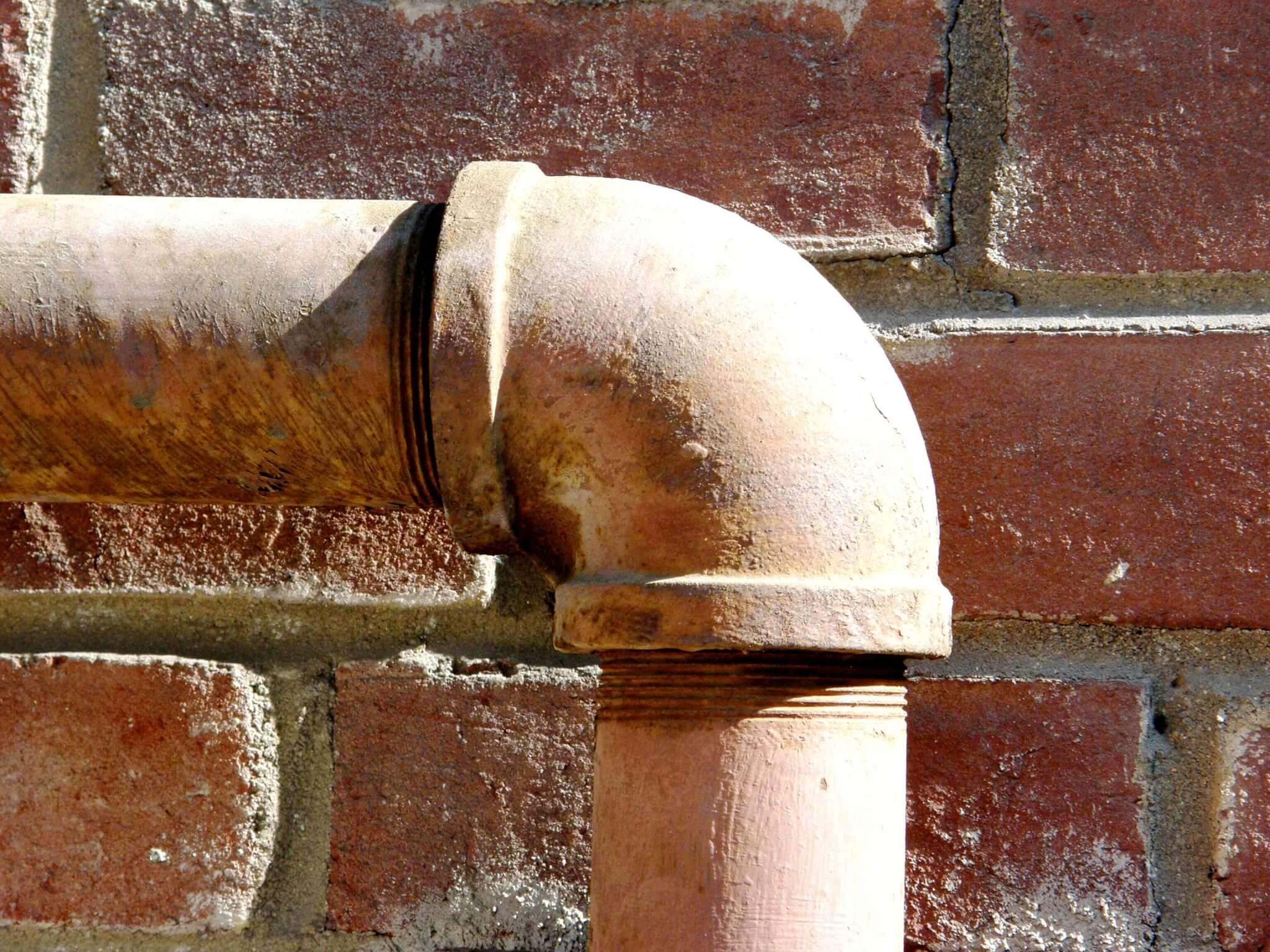
:max_bytes(150000):strip_icc()/steel-pipes-903670438-5ac5508d18ba0100362e2198.jpg)
